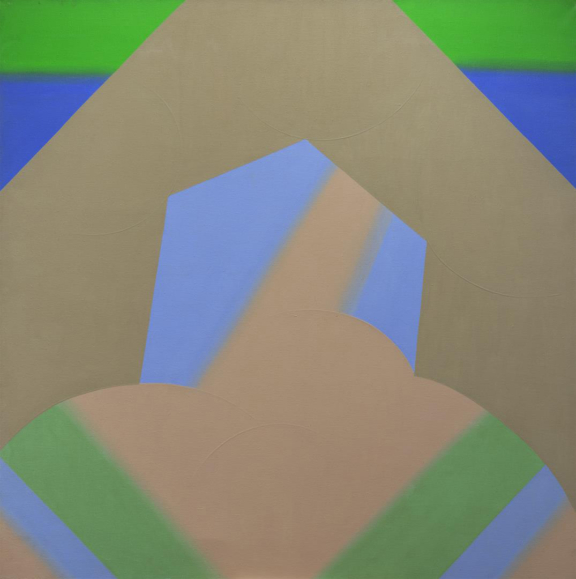
Fernando Lemos
Untitled
Lisbon, Portugal, 1926 – São Paulo, Brazil, 2019
Lemos, the son of a weaver and an antiquarian cabinet-maker, always stressed the importance of hand skills, showing interest in drawing since a young age during his time at the Decorative Arts School António Arroio (1938-1943), and in painting, whilst attending a course at the National Society of the Fine Arts (SNBA) in Lisbon.
In Brazil, Lemos focused his attention during the 50’s on drawing and graphic design, continuing the professional career he had already embarked on in Portugal as a graphic artist, drawer and industrial lithography printer. Only in the late 50’s he returned to painting, a medium with which he had already experimented in the 40’s but now revisited in a more informed and emancipated manner.
Photography developed in his career out of a necessity to create an identity and image that, in his view, lacked in Portugal. Portuguese photography from the end of the 40’s and beginning of the 50’s focused, on the one hand, on photo-reportage, the picturesque, and the propaganda endorsed by New State publications, and, on the other, on the amateur aesthetics that dominated exhibitions, competitions and the amateur clubs that had in the meanwhile come into existence. The most politically active artists, organized around neo-realism, didn’t use photography as a consistent form of artistic expression; it was almost absent in the General Arts Exhibitions (1946-1956) these artists organized at the SNBA, and thus failed to become significant as aesthetic intervention.
Fernando Lemos felt that there were strong bonds of companionship, creativity and complicity between a loosely associated group of intellectuals, writers, artists and theater actors, founded on the same sentiment of freedom. A new identity was growing as a “counter-power” against a regime built on censorship, opposed to what Alexandre O’Neill called the “civil servant mode of living” this regime promoted. Therefore, it was needed to register the views of this new generation, not in simple studio portraits but through an aesthetic able to capture this sense of freedom and adventure. Fernando Lemos, the only one who tried this consciously and consistently, found these values in Surrealism. Nonetheless, Lemos never regarded himself as a photographer, but rather considered himself a “primitive of photography”, and stated in an interview that “(…) I’m a poet, artist, responsible and irresponsible for images. I followed photography in the same way that I could have followed ceramics (…).”
This multidisciplinary facet manifested itself already in his first exhibition with Fernando Azevedo and Marcelino Vespeira, in the Casa Jalco in Lisbon’s Chiado, in 1952, in which he participated with 20 oil paintings, 22 gouaches, 28 drawings and 55 photographs. He introduced himself in the catalogue not through his biography, but rather with a poem of his own authorship, a facet that has been equally present and important in the artist’s work. The polemic that arose out of this exhibition – a luxury furniture store completely “remodeled” by a group of young artists, petitions from the local commerce owners to close the exhibition, the queues formed by curious bystanders around the block, the mocking comments uttered by established artists – led to an uncommon agitation within the realm of artistic creation. All this resulted in an intensified monitoring by the political police that from then on began to control the young artists’ movements and meetings. It was this claustrophobic environment, and the feeling of entrapment that consequently developed, which led Lemos to organize his departure from Portugal, which he would only revisit after the revolution of the 25th of April, 1974.
Despite the distance, he nonetheless maintained a connection with Portugal through his interventions in the periodical Portugal Democrático (1956-1975), created by Portuguese political exiles in Brazil, and later as an (irregular) collaborator of the magazine Colóquio/Artes, edited by the Gulbenkian Foundation, right from its first edition (February 1971, “Carta de São Paulo”). His artistic expressions did not go unnoticed in Portugal as well, having exhibited drawings in the Gallery Março (Lisbon) in 1954. In the subsequent year he returned again to drawing, exhibiting along with Marcelino Vespeira and Manuel Cargaleiro at the Gallery Pórtico (Lisbon). In 1959 he participated in the exhibit 50 Artistas Independentes [50 Independent Artists], at the SNBA. In 1961 his work was shown in the II Arts Exhibition at the Calouste Gulbenkian Foundation. In 1973 he participated in the inaugural collective exhibition of the Gallery Quadrum (Lisbon), and, in that same year, he exhibited paintings in the Gallery Dinastia. However, the photographic images of a generation (some of them now political exiles) that resisted as much as it could to censorship, and that effectively constituted an important expression of the Portuguese intellectual and artistic vanguard of the time, could only be viewed once more after the 25th of April, 1974.
It is due to the critic Fernando Pernes (1936-2010) that Fernando Azevedo’s ocultações [occultations] and Fernando Lemos’ photographs of the 50’s were recuperated for the 1977 exhibition A Fotografia na Arte Moderna Portuguesa [Photography in Portuguese Modern Art] he was organizing. Later on, in 1983, his images returned to Lisbon to integrate the exhibit Refotos – Anos 40 [Rephotos – The Forties], at the SNBA. However, the main reference for his photographic work is the exhibit À Luz da Sombra [In the Light of Shadow], organized by the Modern Art Centre of the Calouste Gulbenkain Foundation in 1994. The catalogue of this exhibit comprises a large part of the work produced by Lemos and critical texts. More recently (2004), a retrospective exhibition of his photographic work entitled À Sombra da Luz – À Luz da Sombra [In the Shade of Light – In the Light of Shadow] has been shown in the Pinacoteca in Sao Paulo. In 2005, an exhibition called Fernando Lemos and Surrealism (2005) was organized in Sintra, in the Berardo Museum, which included some works from the Portuguese surrealist movement belonging to the Cupertino Miranda Foundation, works from international artist from the Berardo Collection and a significant number of Fernando Lemos’ photographic work.
Besides his artistic labor, he was responsible, together with the art critic and historian José-Augusto França (b. 1922), for the creation of the Gallery Março (1952-1954) in Lisbon, and commissions for the decoration of Brazilian pavilions in international fairs (New York, 1957 and Tokyo, 1963). He has also worked as professor in the Faculty of Architecture and Urbanism of the University of Sao Paulo, been president of the Brazilian Association of Industrial Design, and created a children´s books publishing house in 1963 (Giroflé), among other activities. In 2019 Fernando Lemos lived in Sao Paulo and continued his artistic endeavors with the same multidisciplinary spirit that always guided him, affirming, at the age of 82, in an interview for the Brazilian newspaper Folha de S. Paulo: “I write as though photographing, I photograph as though painting, I paint as though drawing (…) People have trouble fitting me into places, they don’t know where to put me.”
José Oliveira
October 2010

Untitled

Quem me dera
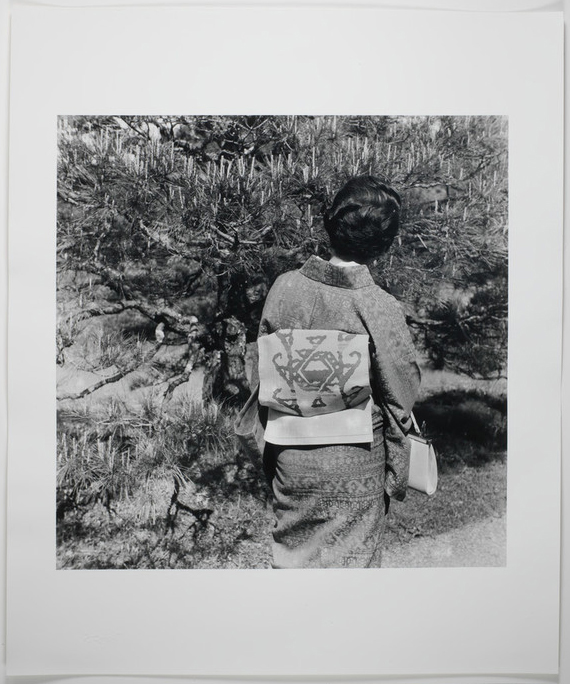
Housemaid Logo in Kyoto

Lantern district in Kobe
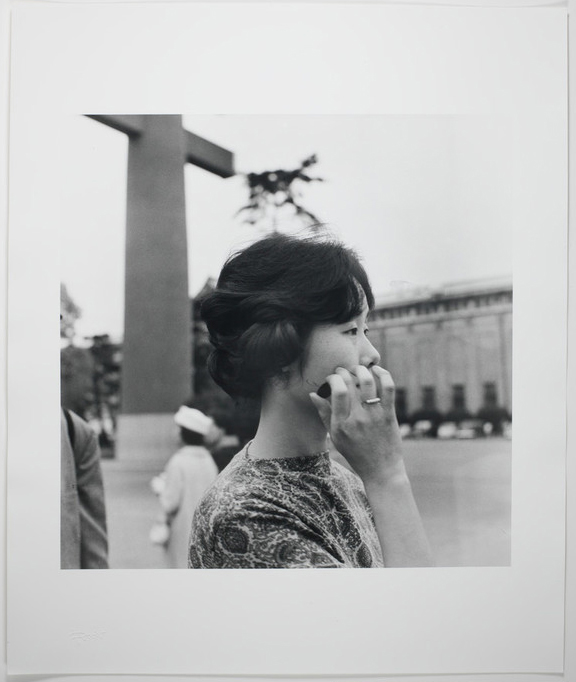
Surprise at the palace – Tokyo
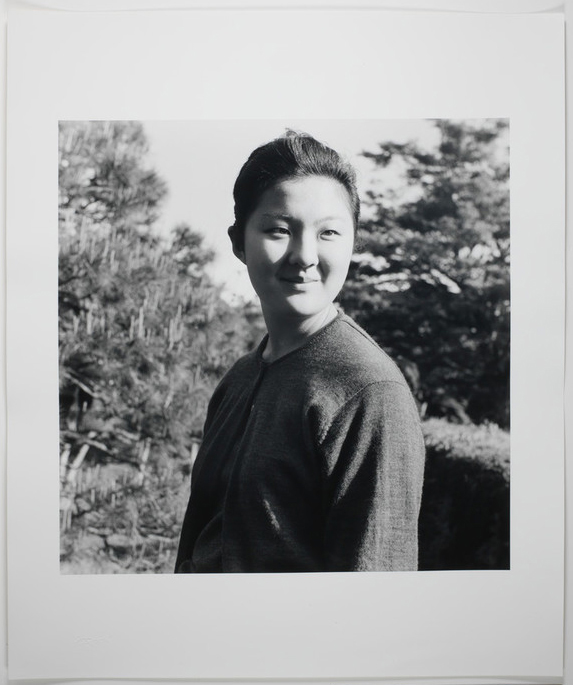
Eli, Brazilian from Tokyo
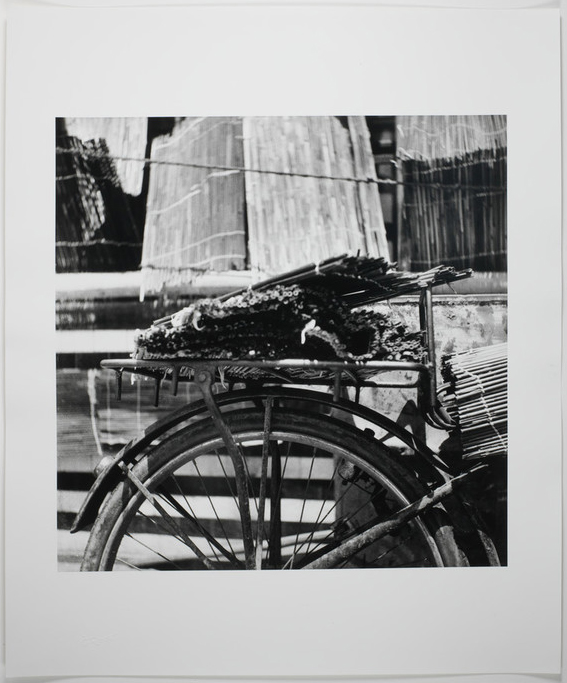
Cow masseurs
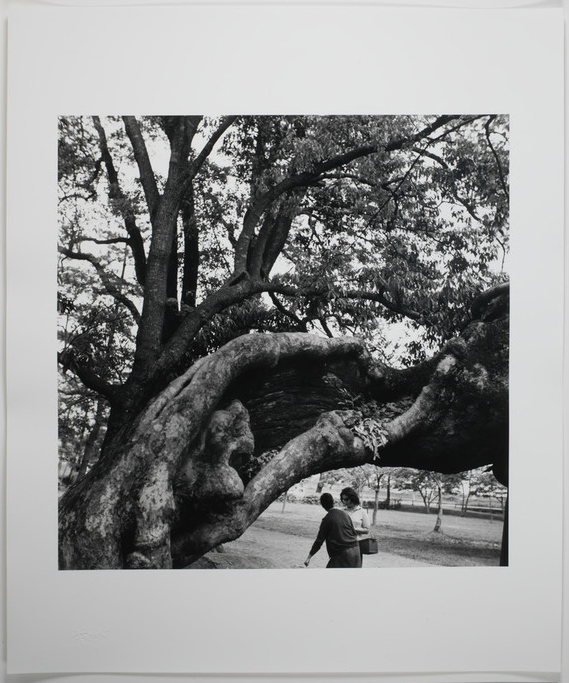
In search of ancient shade
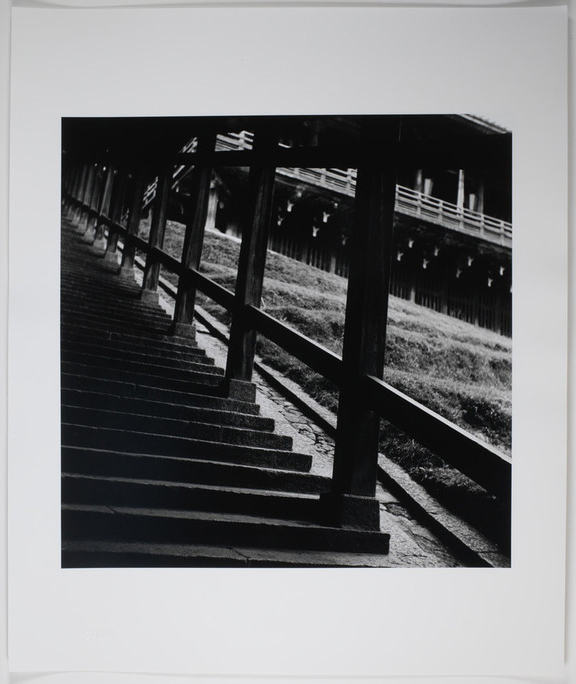
Three entrances to Kyoto
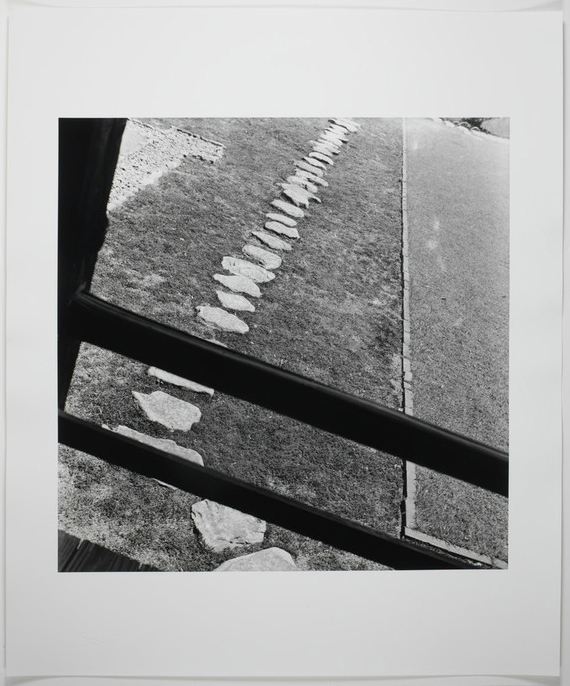
No traffic

Invitation to Visit – Tokyo
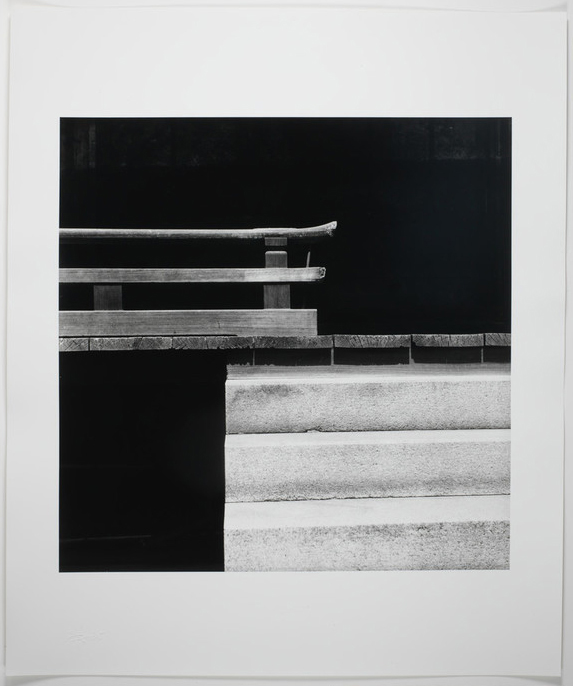
Final Design
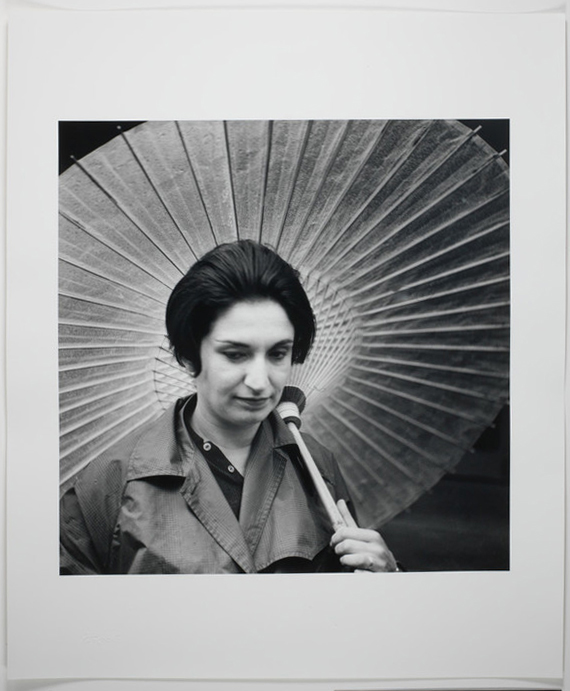
Portrait of the teacher Cláudia Lemos
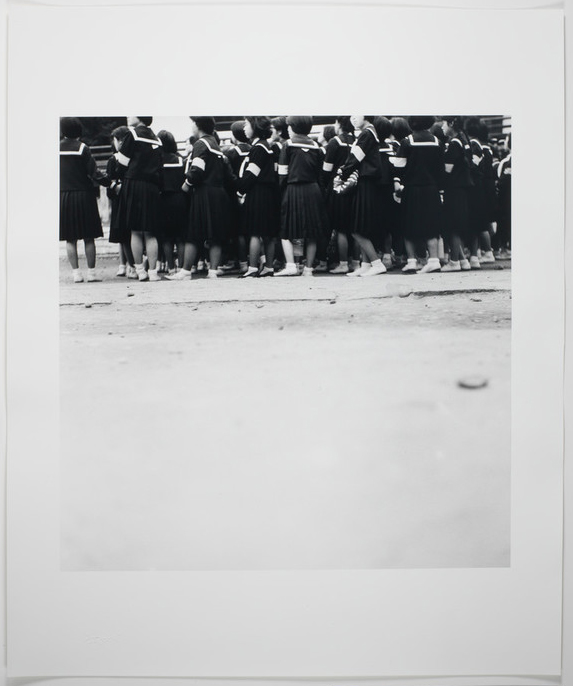
Schoolgirls don’t walk alone

All outside in
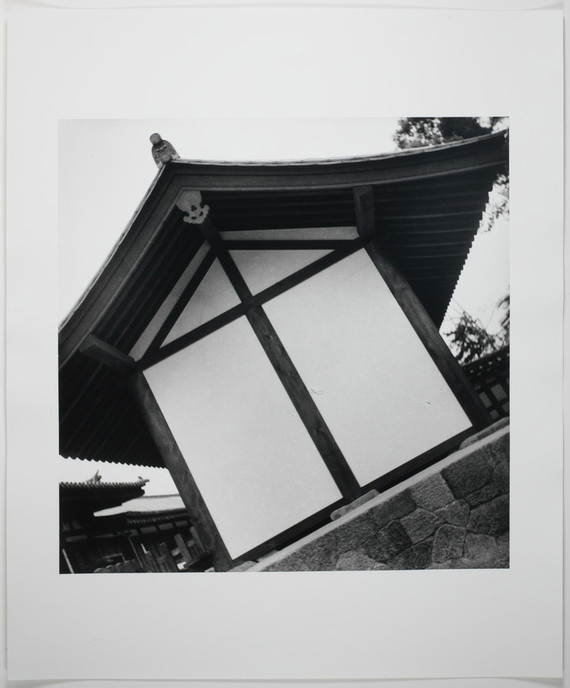
Private Silo
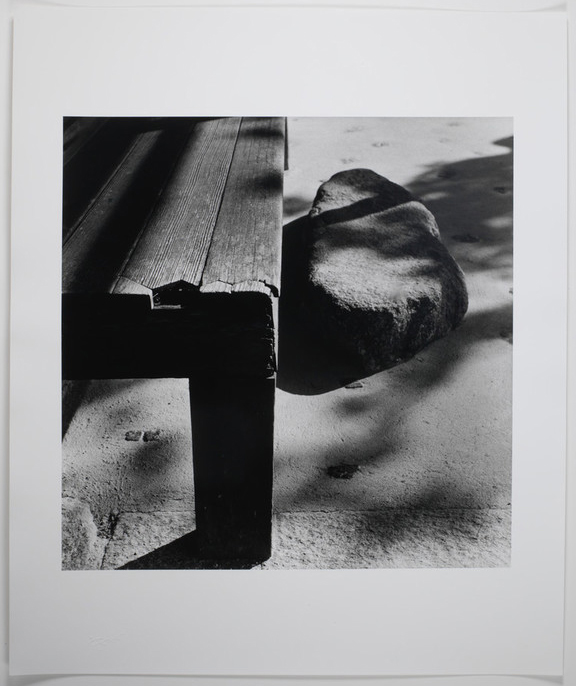
Two free resting places
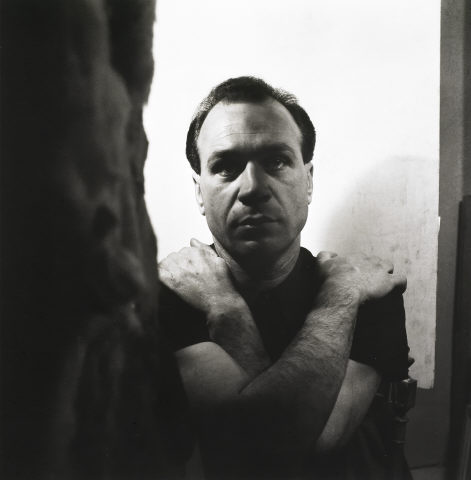
Romeu Correia

Iluminação

Eu (Auto-retrato)
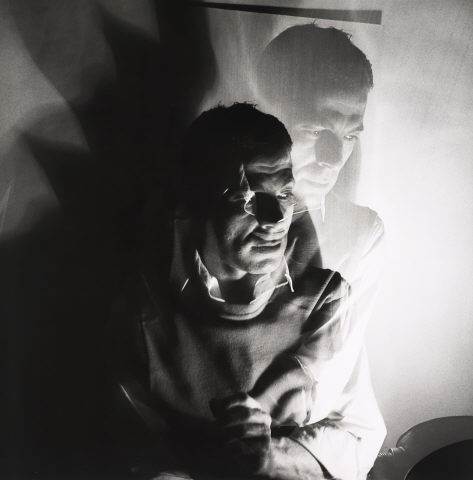
Augusto Figueiredo
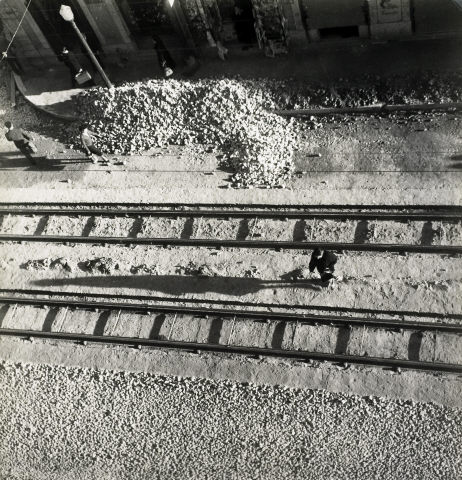
Pôr do Sol (variante) [Sunset (variation)]
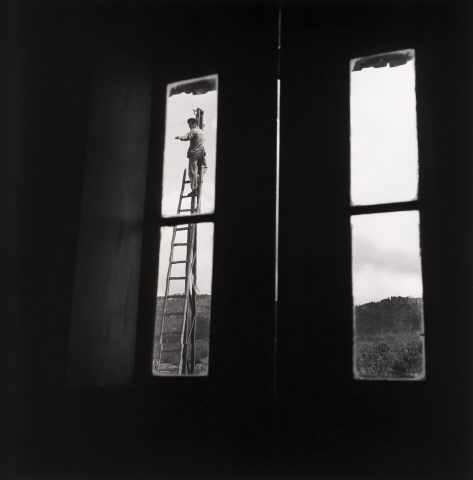
Coincidência [Coincidence]

Arpad Szenes
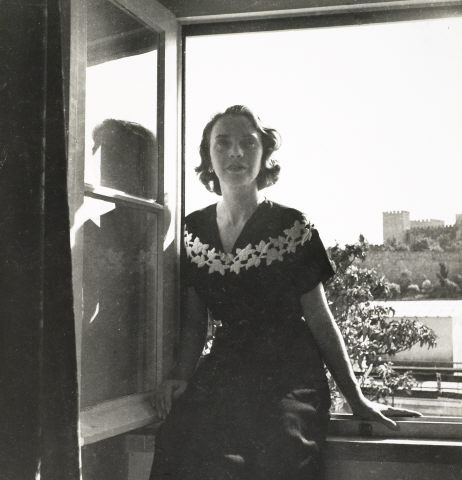
Sofia de Mello Breyner
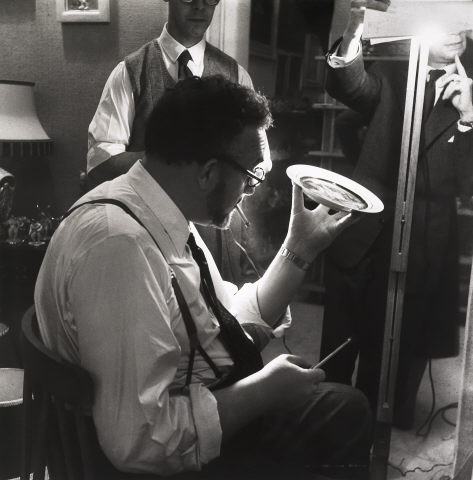
António Pedro
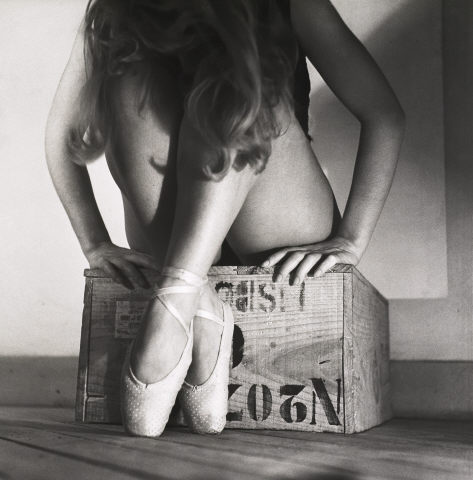
Espera
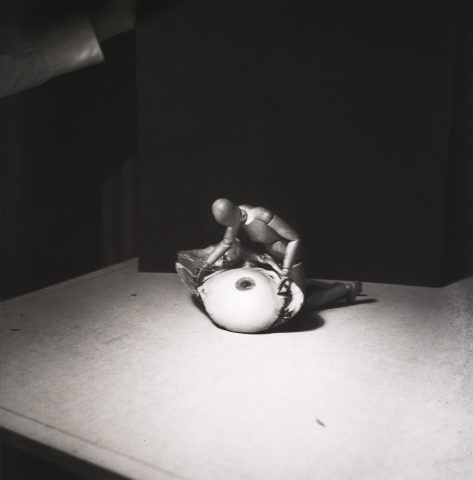
Cena Humana
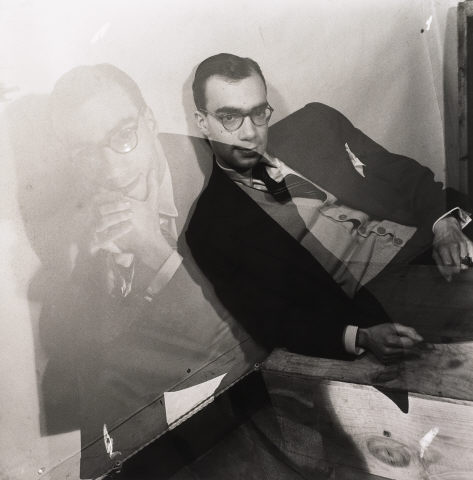
José-Augusto França
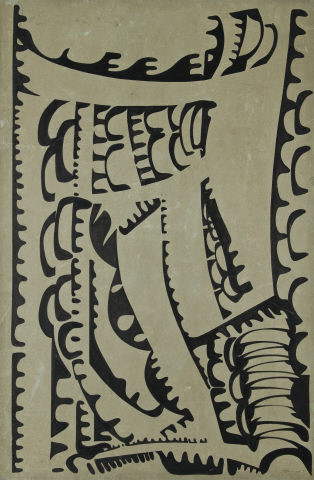
S/ Título
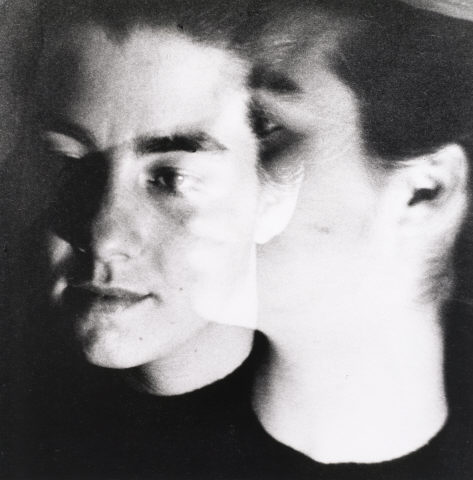
Albertina Mântua

Coisas de Vidro [Things of Glass]
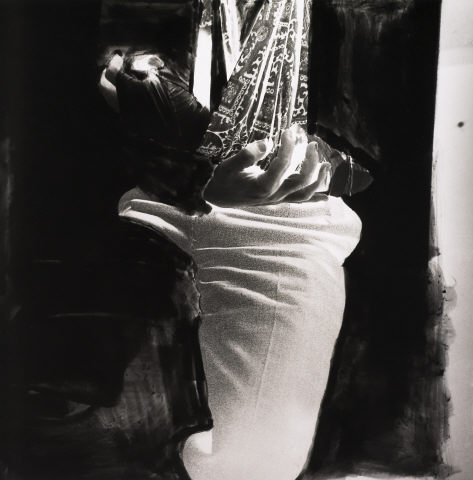
Apoio I
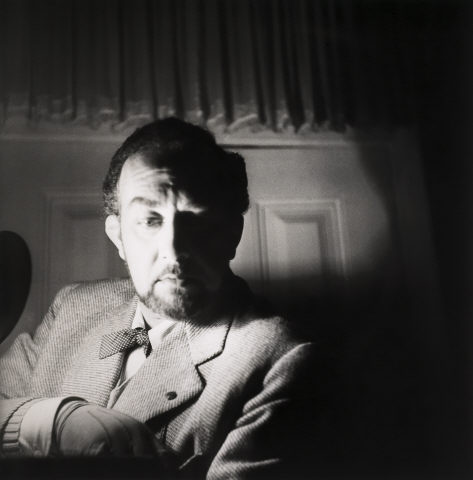
António Pedro
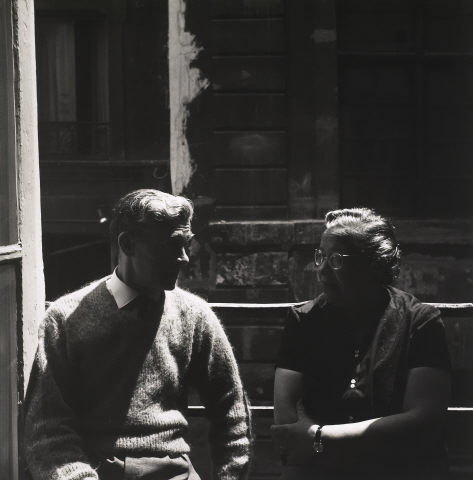
Meus Pais
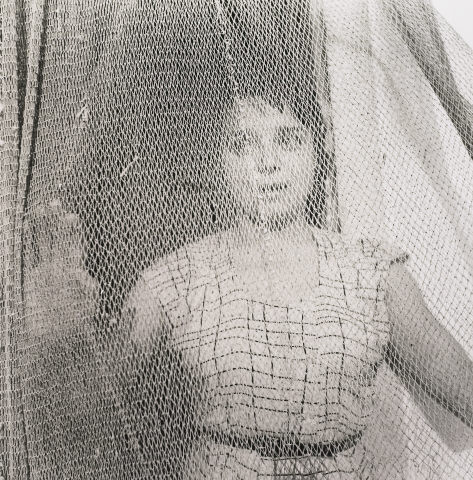
Maria Emília Azevedo
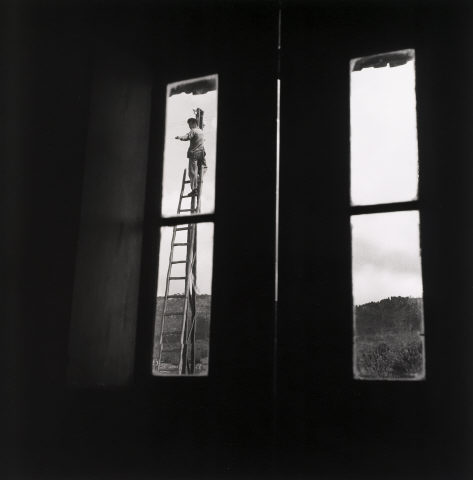
Coincidência
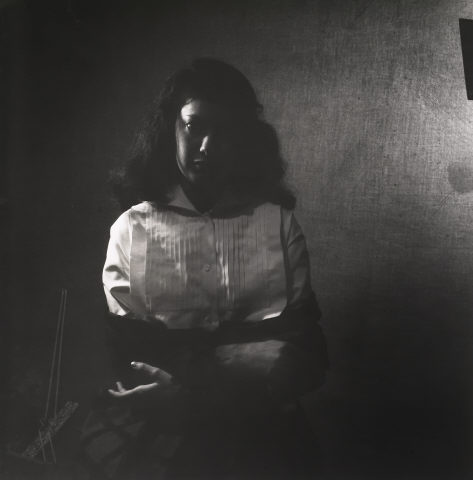
Manuela Torres
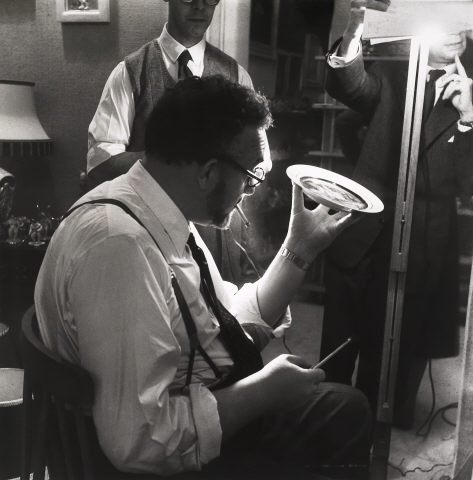
António Pedro

Espera
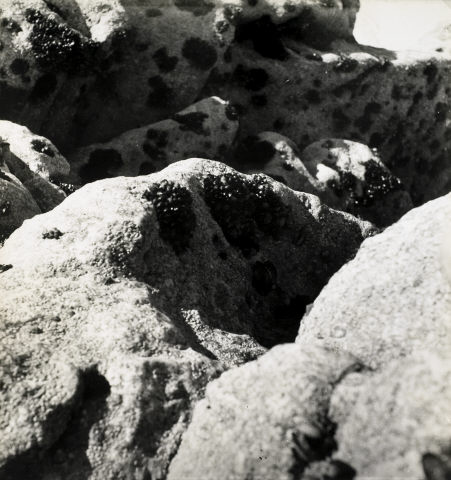
Pedras [Stones]
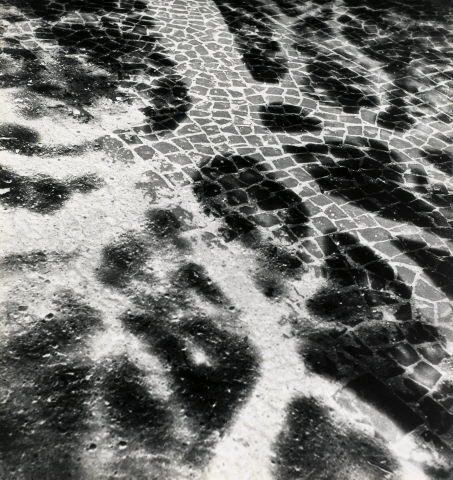
Jardim [Garden]

Série Memórias n.º 11
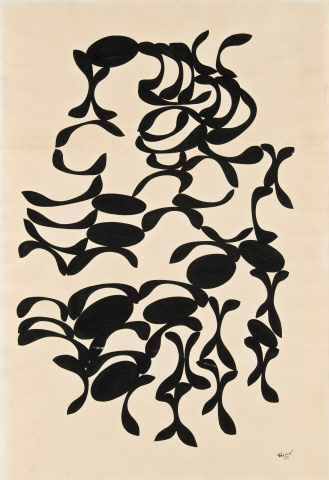
S/ Título

Coisas do Vidro
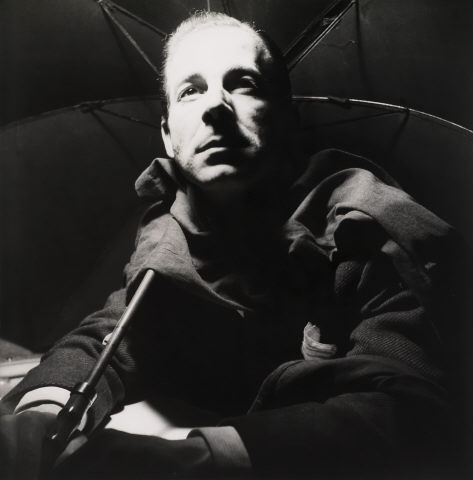
Augusto Figueiredo
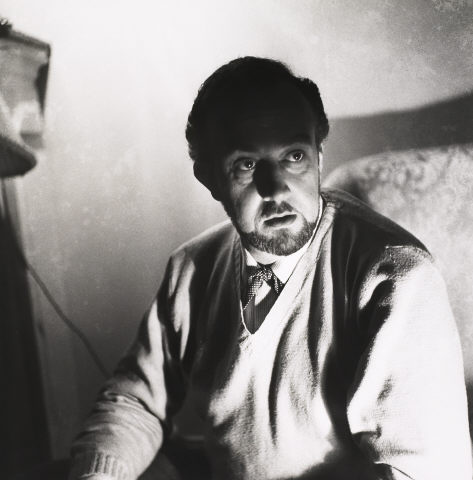
António Pedro
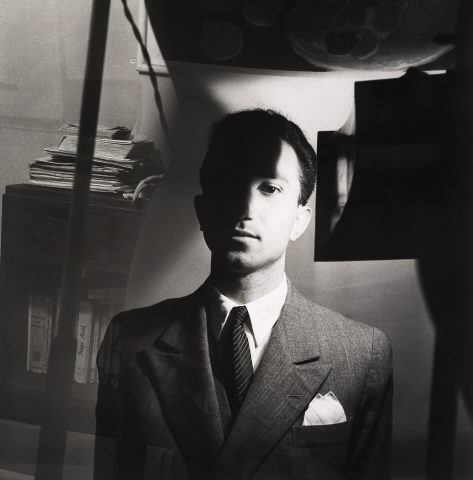
Alberto de Lacerda

Maria Emília Azevedo
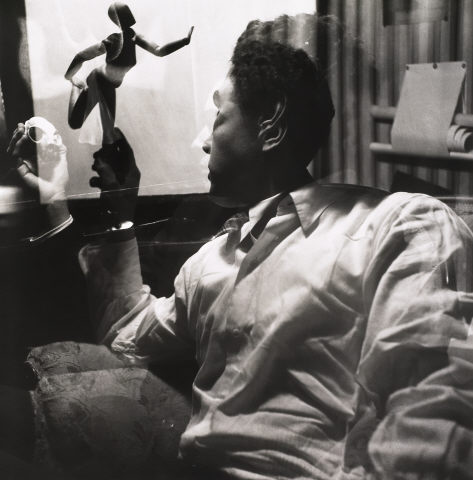
Vespeira Figurativo
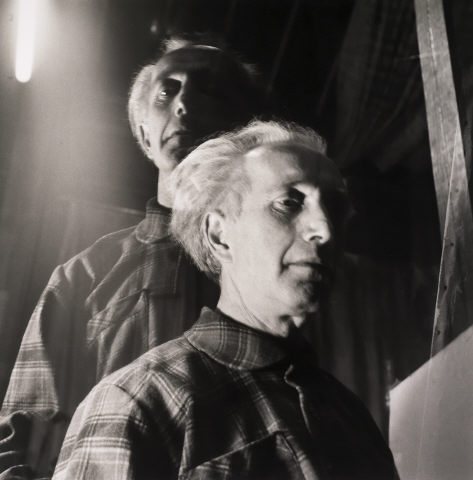
Arpad Szenes
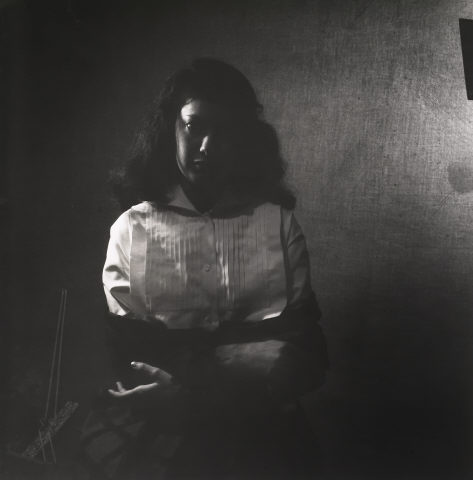
Manuela Torres
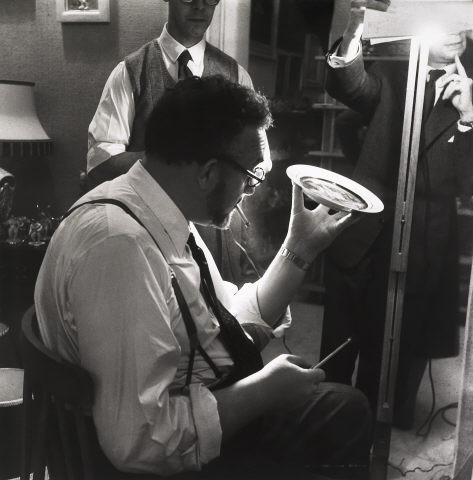
António Pedro

Espera
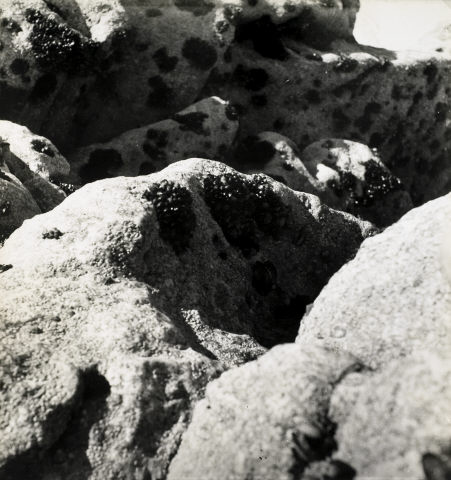
Pedras
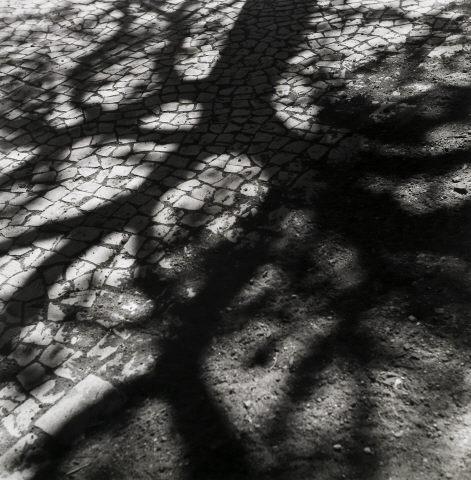
Jardim [Garden]
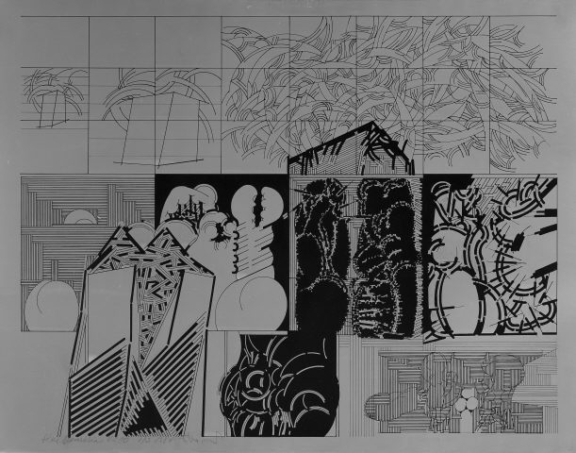
Série Memórias n.º 10

Série 1 – n.º 8
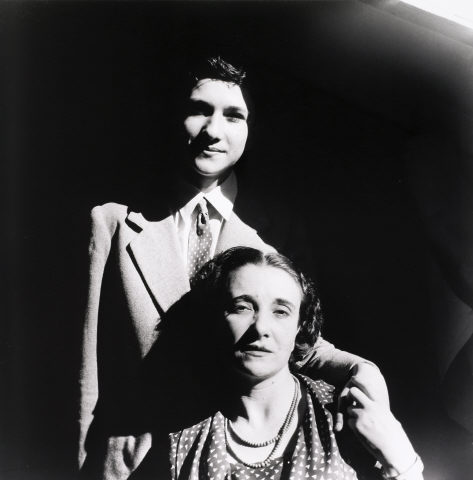
Alice Gomes e o filho, João Paulo Monteiro
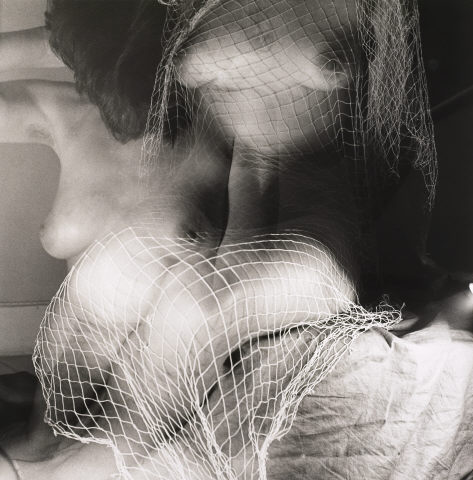
Movimento

Augusto Figueiredo
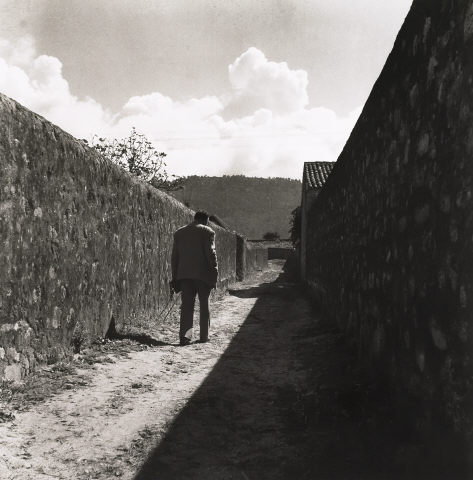
António Pedro

Alberto de Lacerda
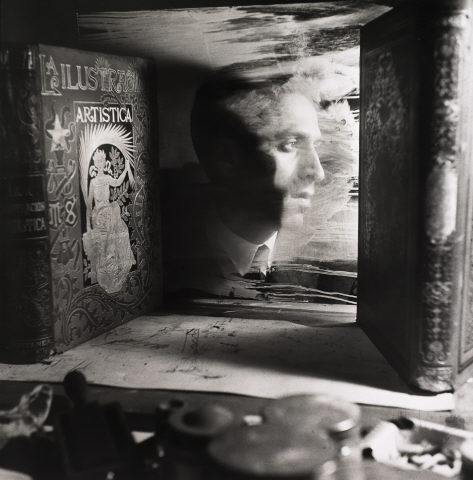
Engenheiro Pilar [Pilar, the Engineer]
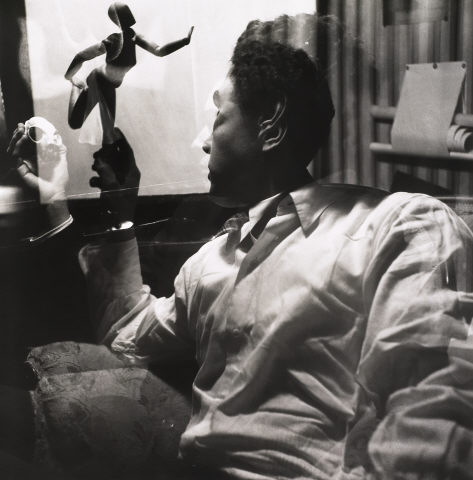
Vespeira Figurativo
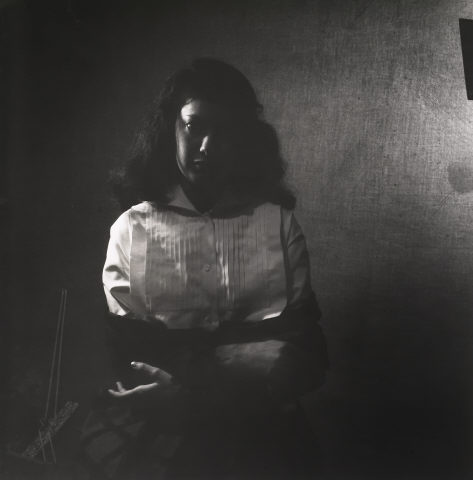
Manuela Torres

Luz em Obras

Lucília Farinha

Julião Soares de Azevedo
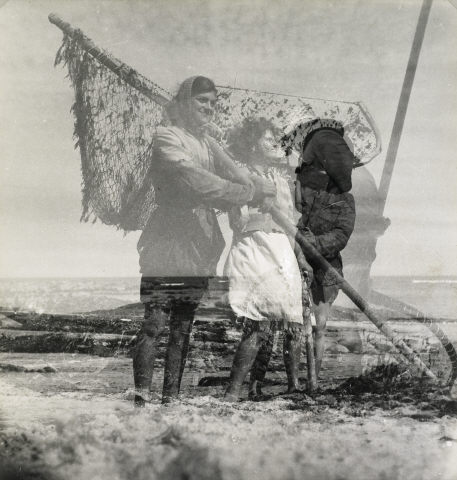
Moledo do Minho
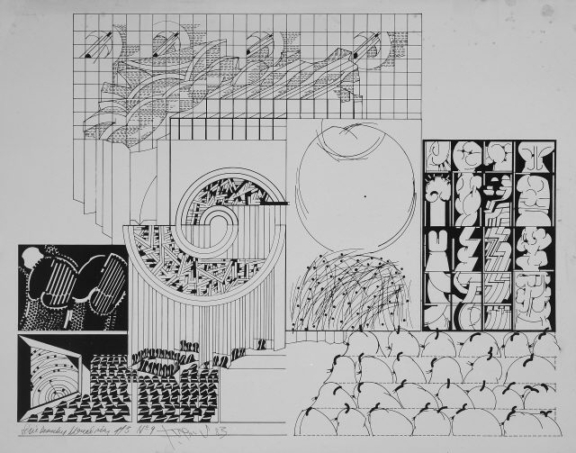
Série Memórias n.º 9
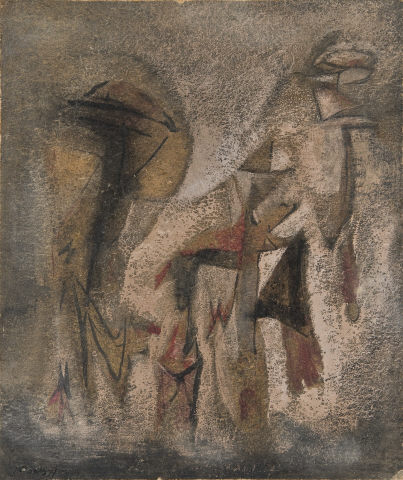
S/ Título
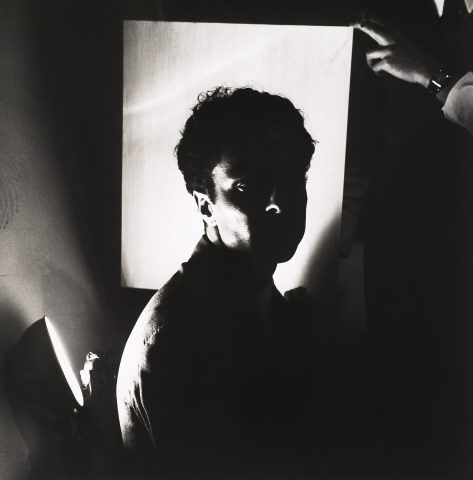
Alexandre O’Neill

Colagem
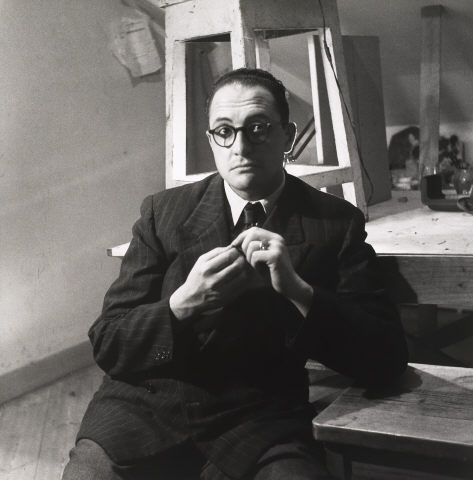
Jorge de Sena

Carlos Wallenstein
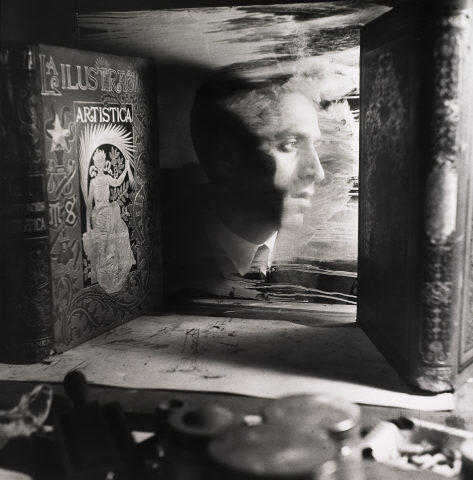
Engenheiro Pilar
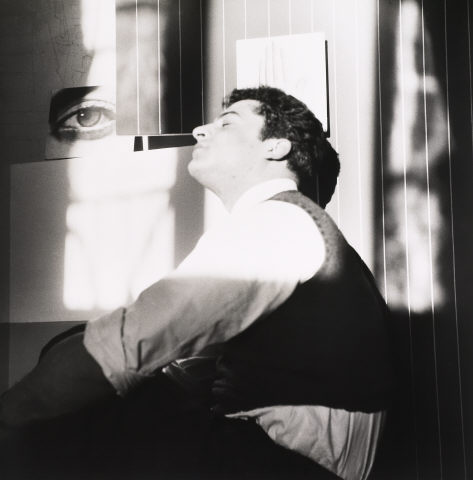
Luz do Olhar
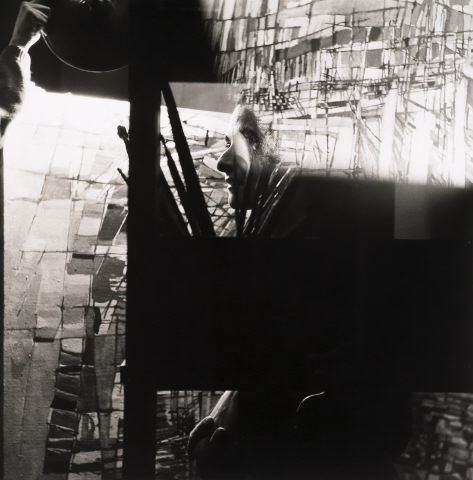
Maria Helena Vieira da Silva

Luz em Obras
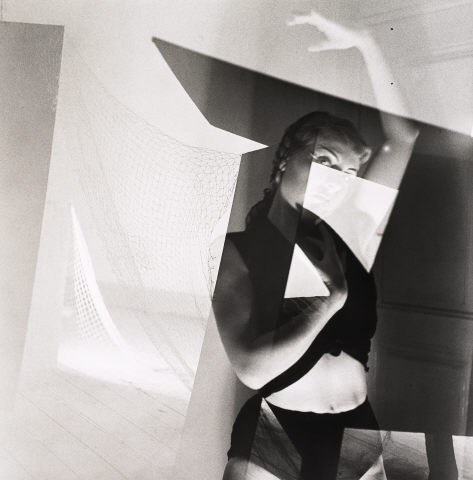
Lucília Farinha

Julião Soares de Azevedo

Sara Valle

Série Memórias n.º 8
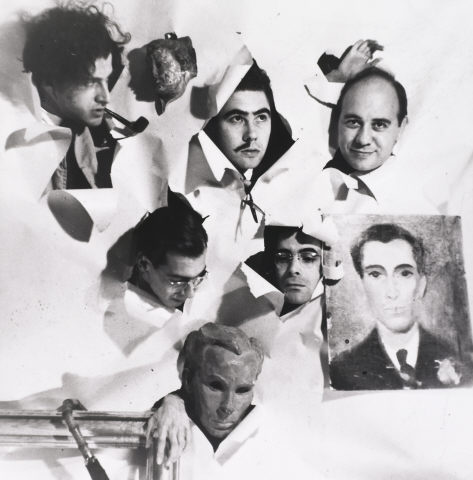
Vespeira Azevedo, Fernando Lemos, Manuel Correia e Carlos Ribeiro (com pintura do seu Auto-retrato)
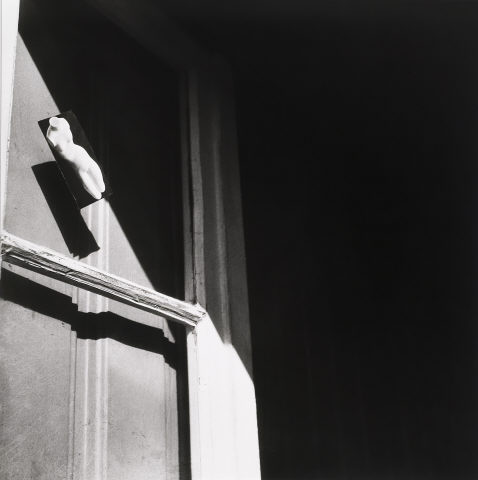
Banho de Sol [Sunbathing]

Glicínia Quartim
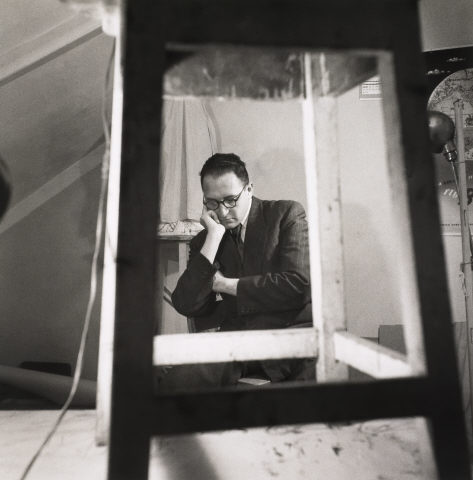
Jorge de Sena

Adolfo Casais Monteiro
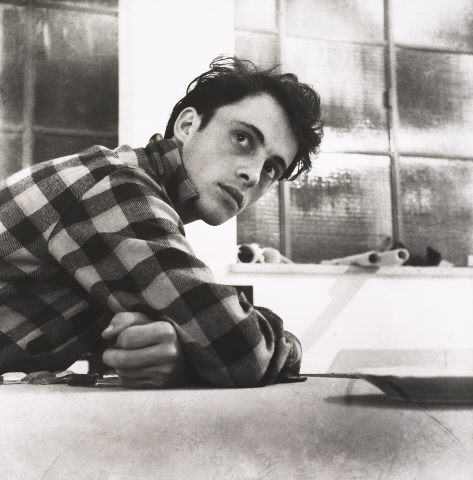
Costa Pinheiro
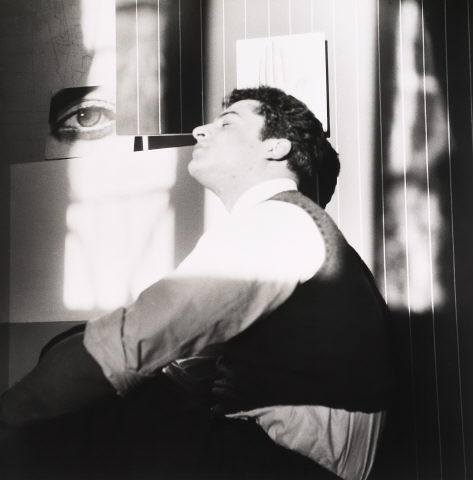
Luz do Olhar
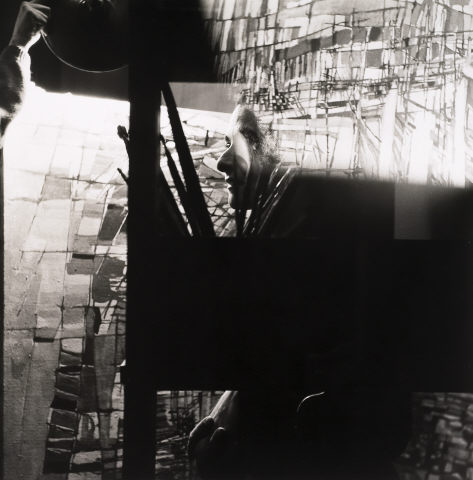
Maria Helena Vieira da Silva

Sophia de Melllo Breyner
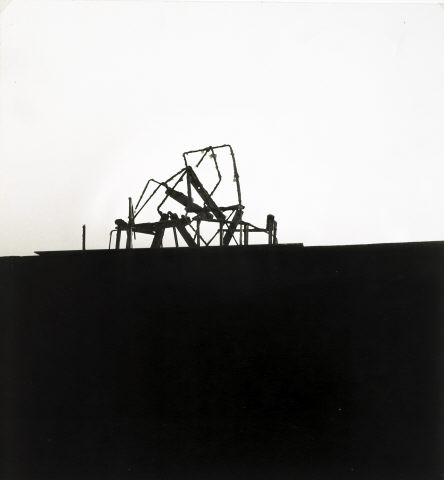
Cena Animal [Animal Scene]
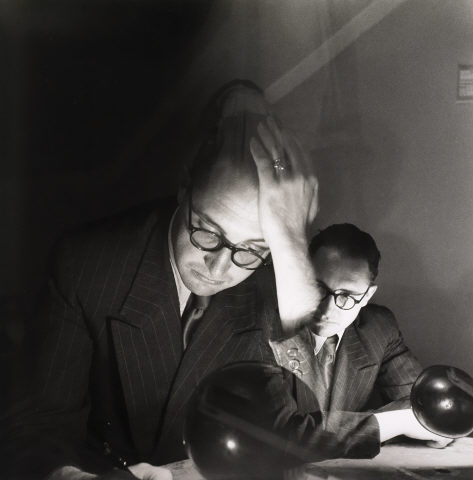
Jorge de Sena
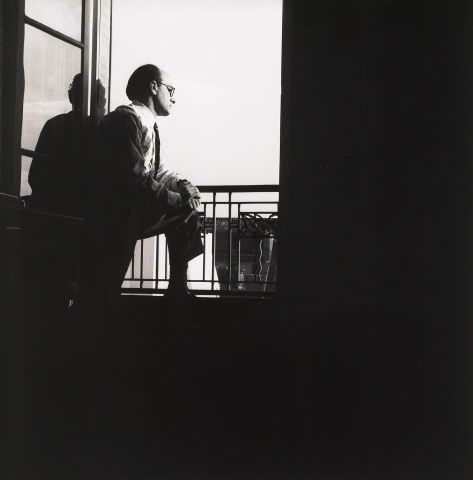
Julião Soares de Azevedo
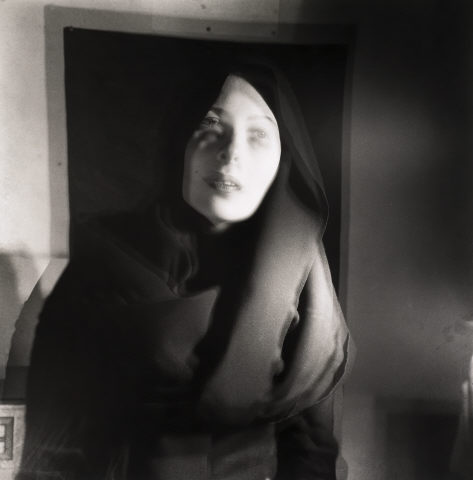
Sara Valle
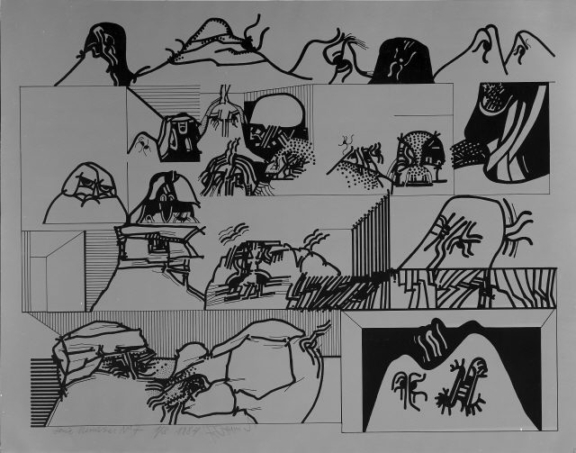
Série Memórias n.º 7
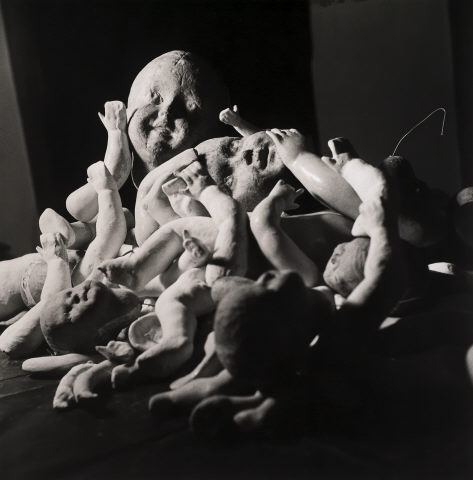
Hospital de Bonecas
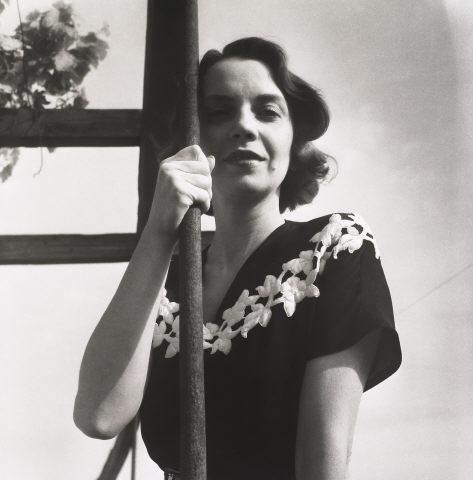
Sophia de Mello Breyner
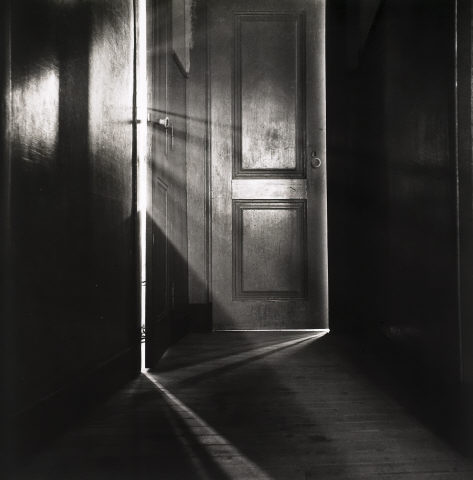
Luz Teimosa
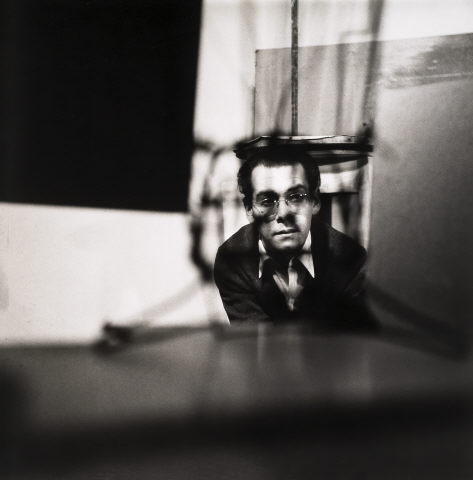
Fernando de Azevedo
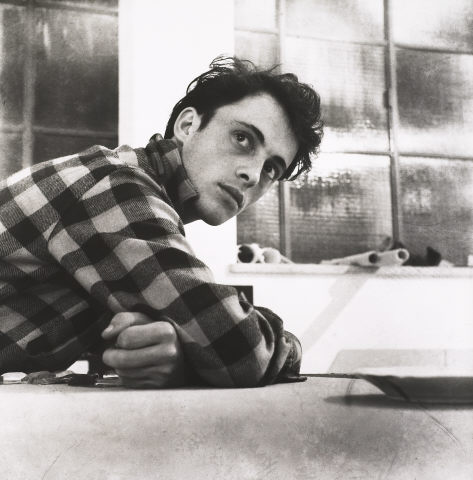
Costa Pinheiro
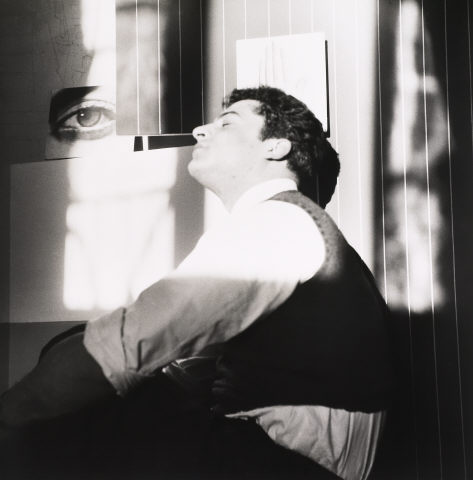
Luz do Olhar
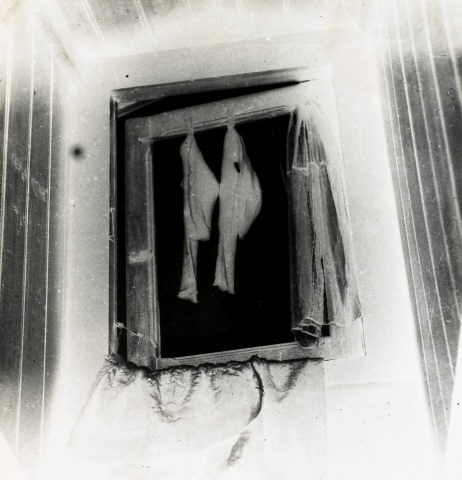
Janela

Jorge de Sena

José Blanc de Portugal
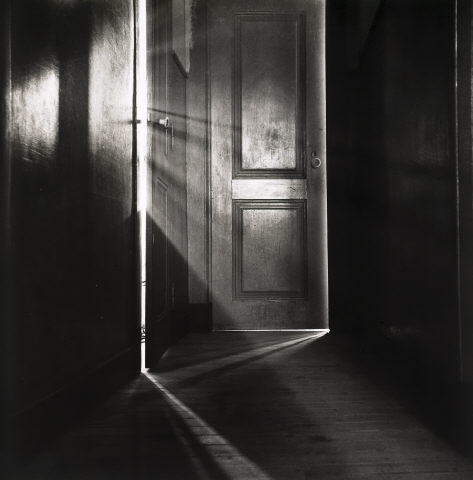
Refotos (Anos 40)

Série Memórias n.º 6

Pintura

Augusto Figueiredo – A Recusa
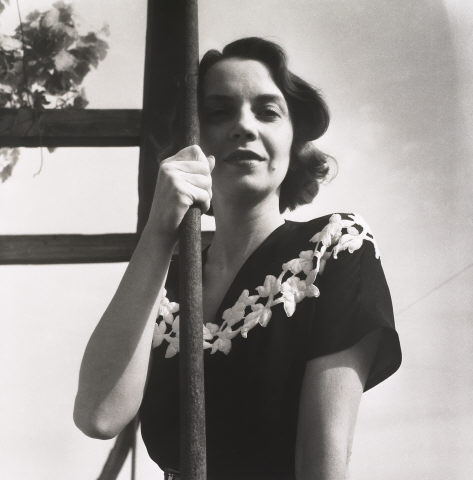
Sophia de Mello Breyner
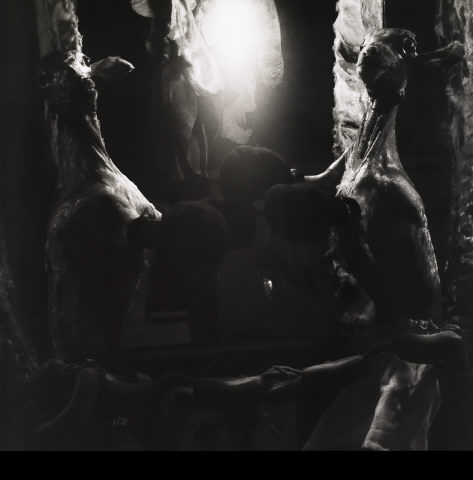
Cena Esfolada
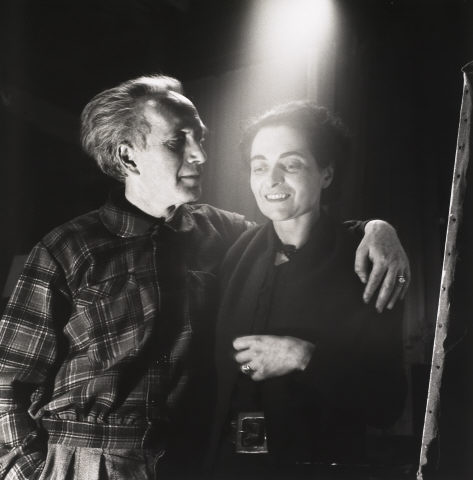
Arpad Szenes e Maria Helena Vieira da Silva [Arpad Szenes and Maria Helena Vieira da Silva]

Costa Pinheiro
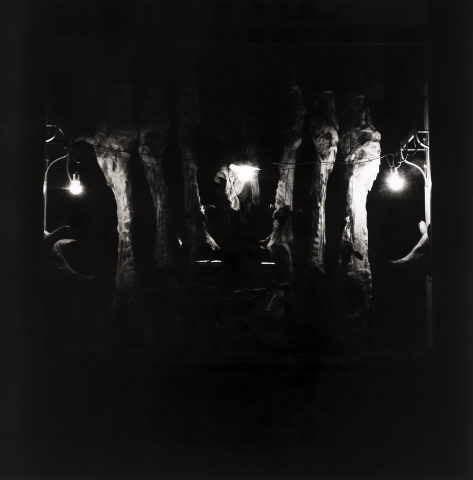
Natal do Talho [Butcher’s Christmas]
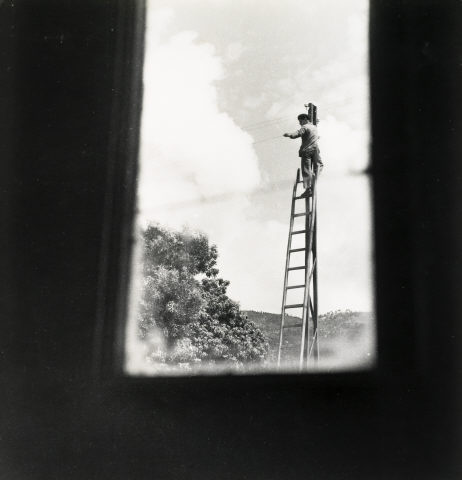
Coincidência (Variante)
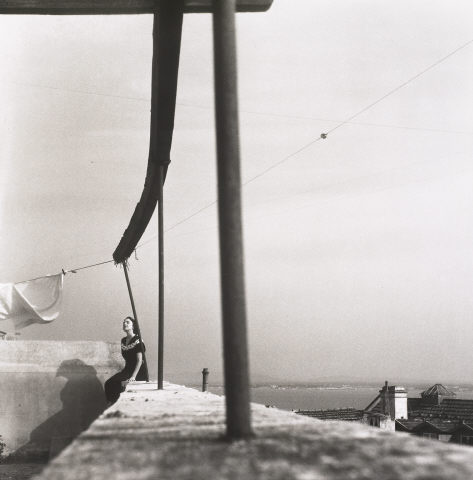
Sophia de Melllo Breyner
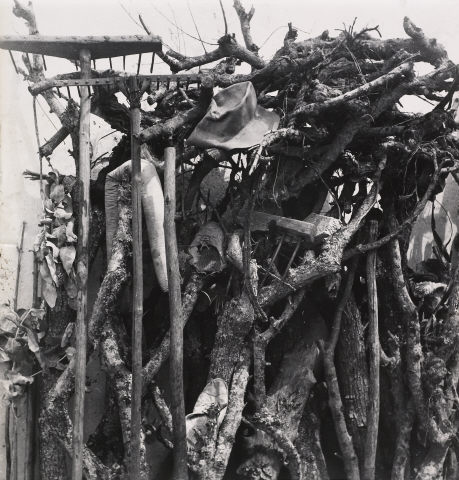
Fundo do Quintal
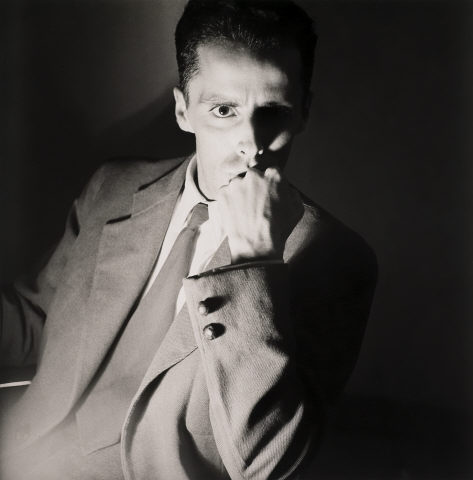
Mário Cesariny de Vasconcelos

José Blanc de Portugal
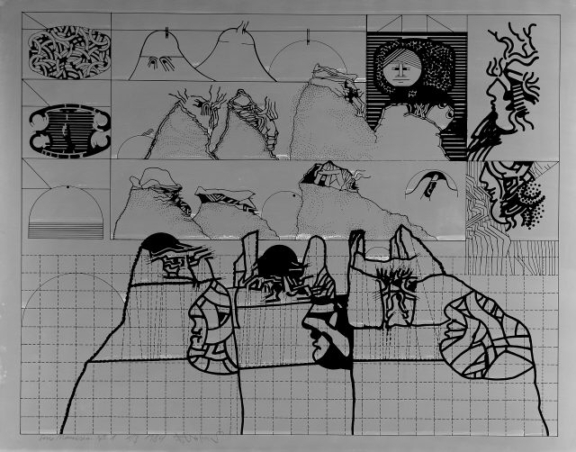
Série Memórias n.º 5
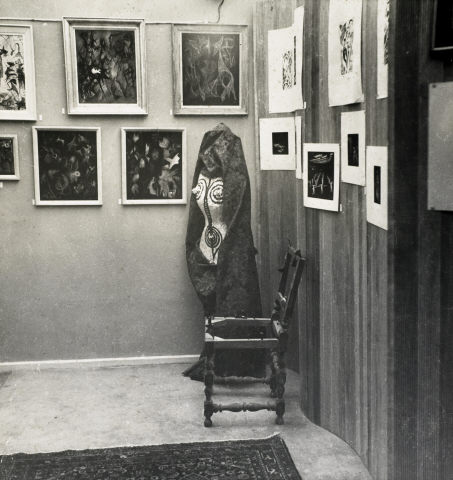
Ateliê Vespeira

Alexandre O’Neill
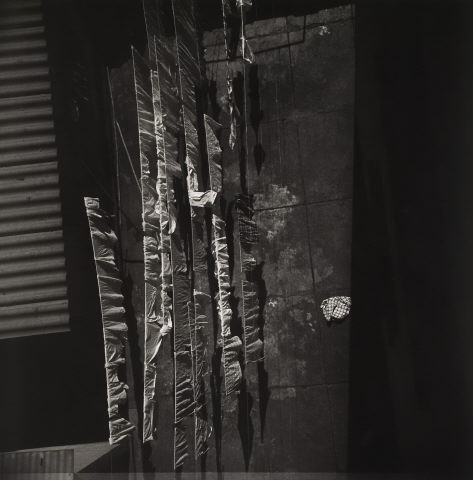
Roupa Lisboeta [Lisbon Clothes]
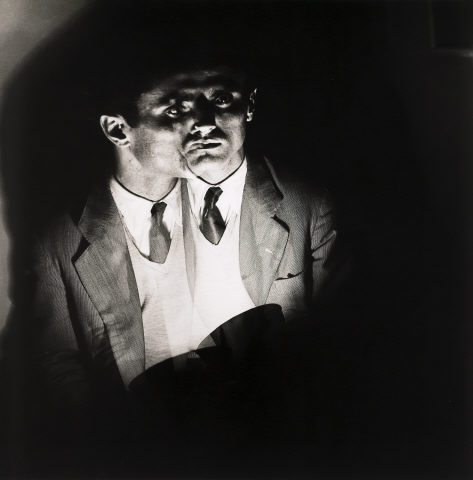
Alexandre O’Neill
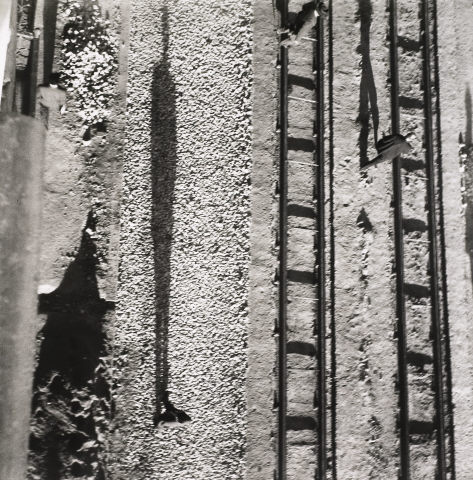
Pôr do Sol [Sunset]
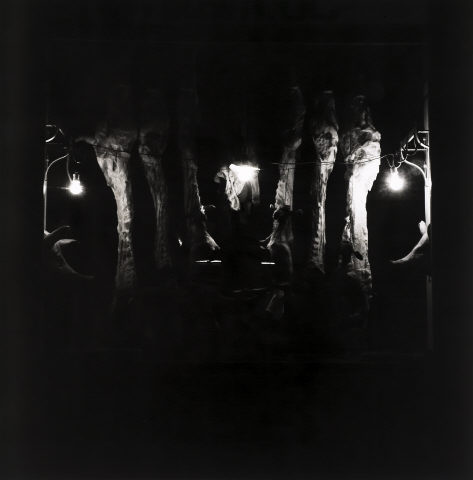
Natal do Talho
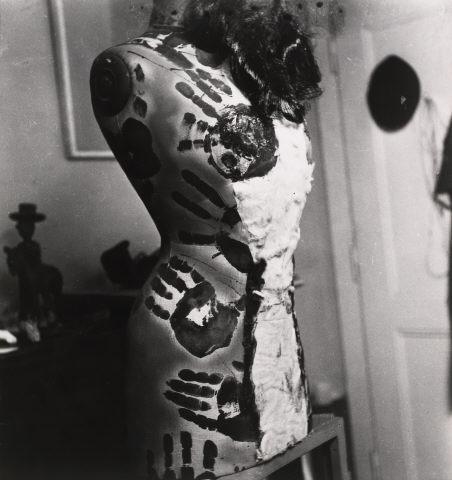
Manequim de Exposição
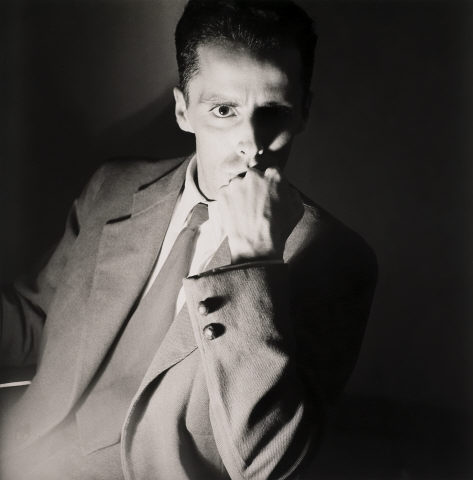
Mario Cesariny de Vasconcelos
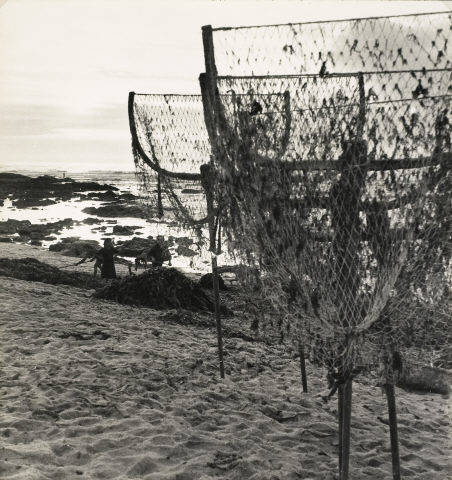
Moledo do Minho

Série Memórias n.º 4
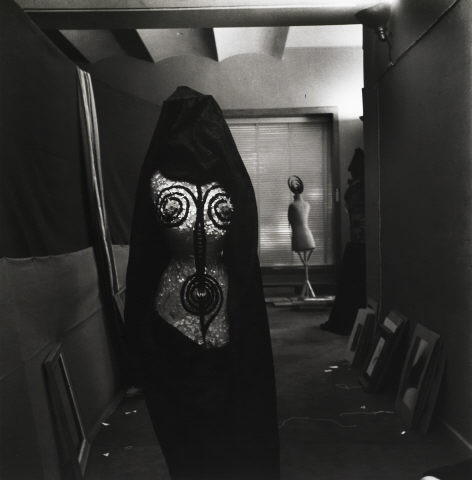
Visita Estranha I
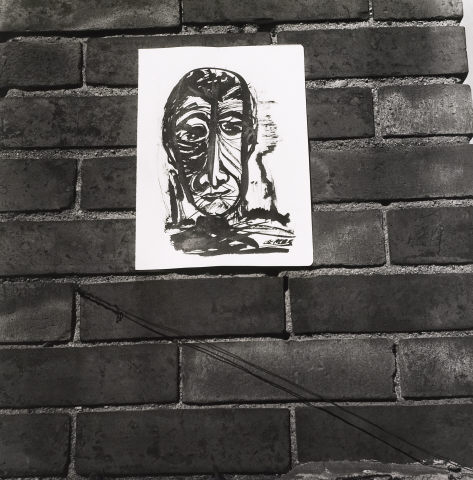
Auto-Retrato [Self-Portrait]
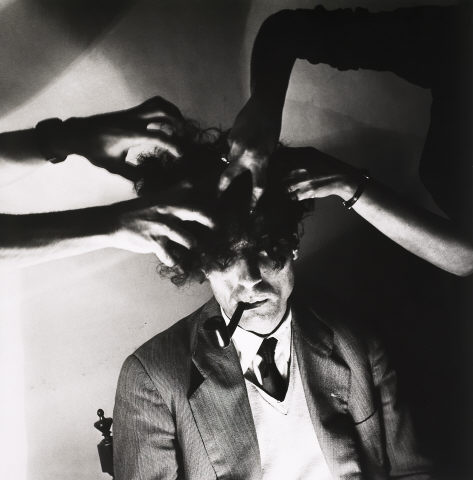
Alexandre O’Neill
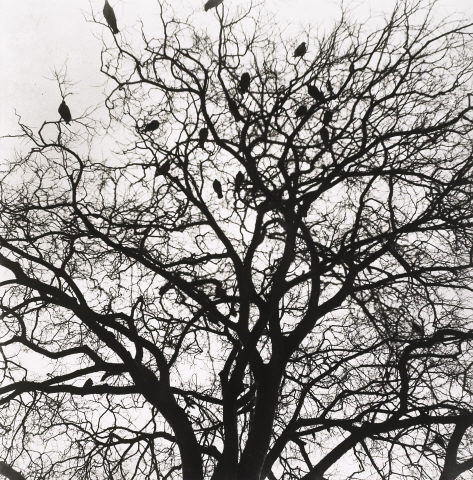
Hoje há Passarinhos
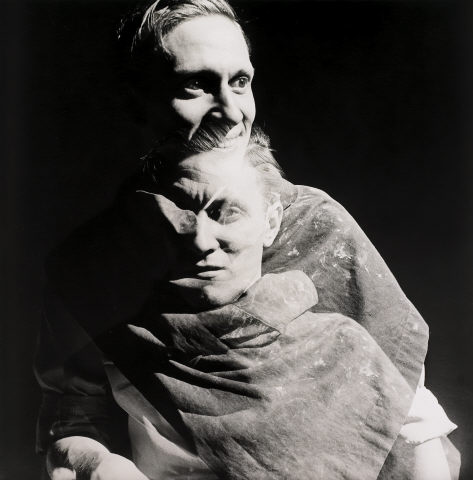
José Viana
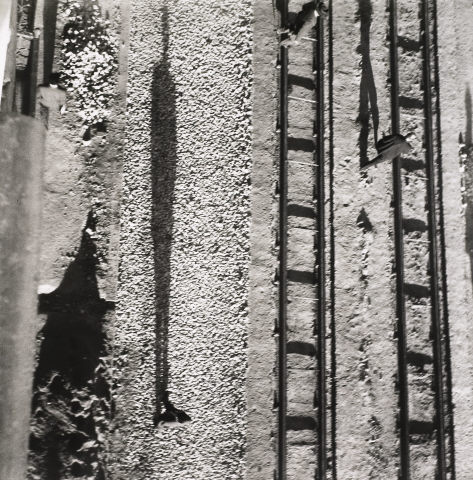
Pôr do Sol [Sunset]

José Viana
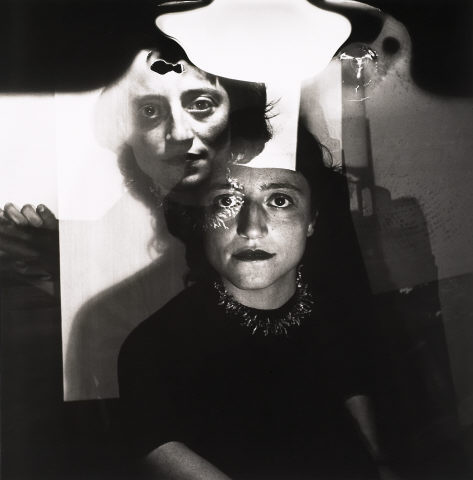
Nora Mitrani
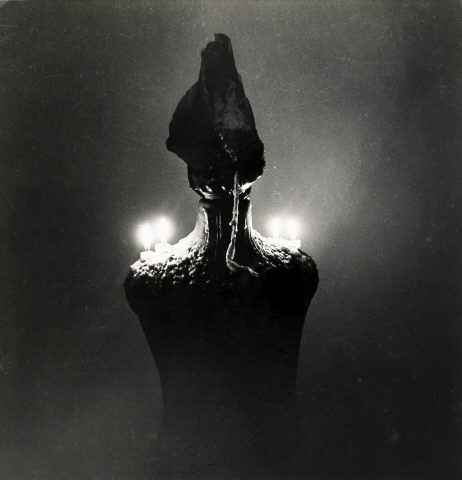
Manequim do Vespeira [Vespeira’s Mannequin]

Fernando de Azevedo, Vespeira e etc… [Fernando de Azevedo, Vespeira and etc…]
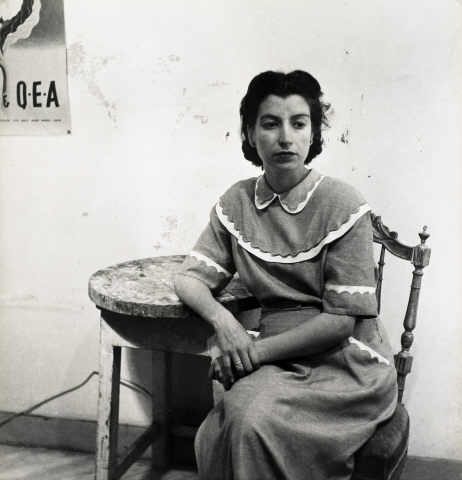
Mécia de Sena
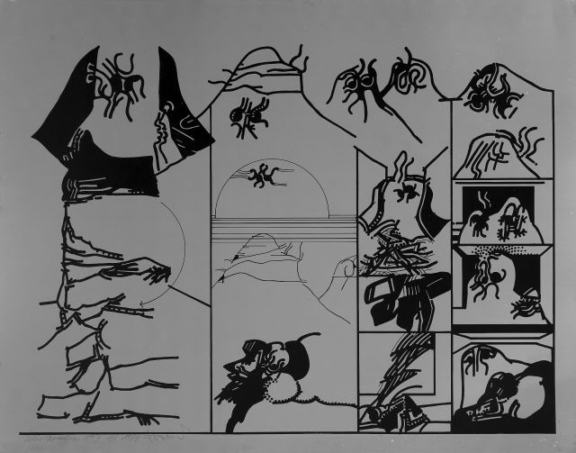
Série Memórias n.º 3
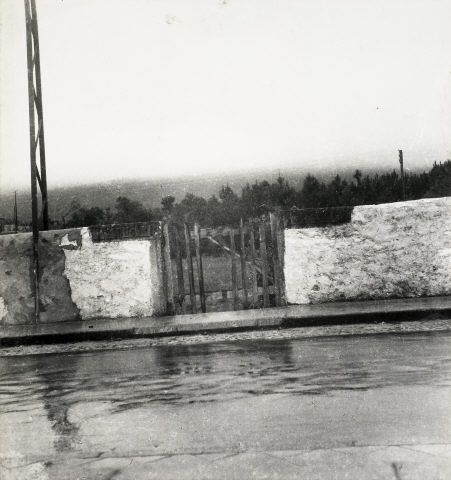
Pedaço Minhoto
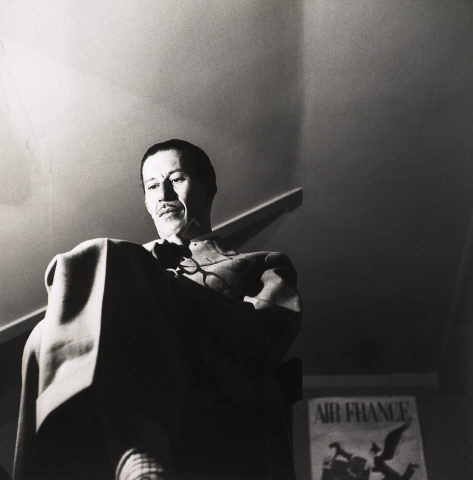
Adolfo Casais Monteiro
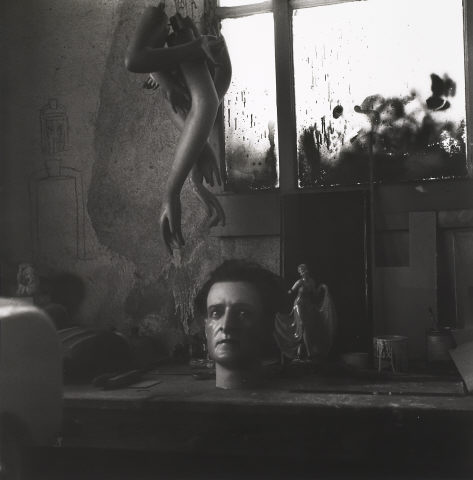
Intimidade dos Armazéns do Chiado
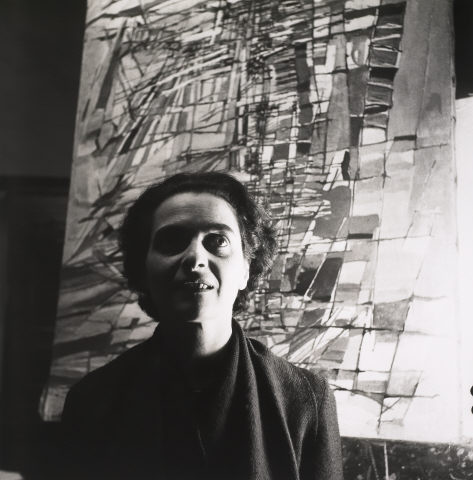
Maria Helena Vieira da Silva

A mão e a faca

O atelier de Saint – Jacques (Maria Helena Vieira da Silva, Arpad Szenes, Fernanda França, José Augusto-França, Novais Teixeira, António Dacosta)

Manequim do Vespeira [Vespeira’s Mannequin]
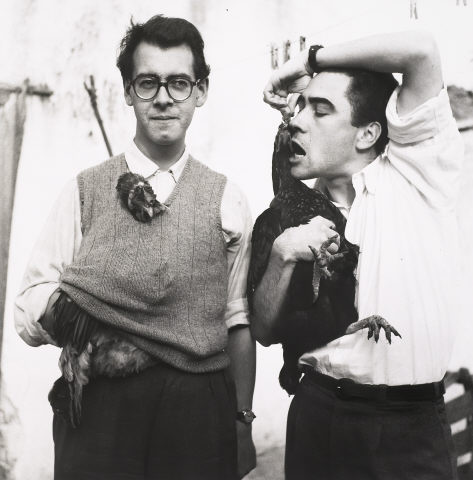
Fernando de Azevedo, Vespeira e etc… [Fernando de Azevedo, Vespeira and etc…]
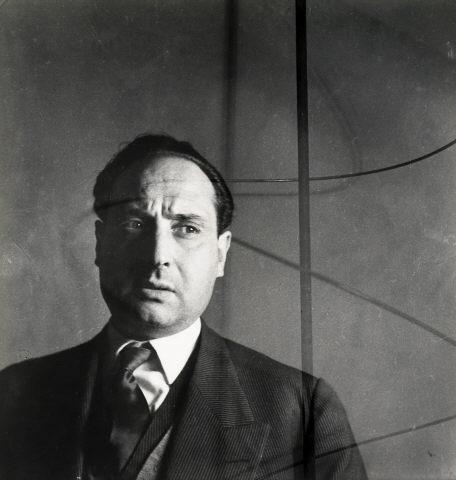
Roberto de Araújo

Série Memórias n.º 2
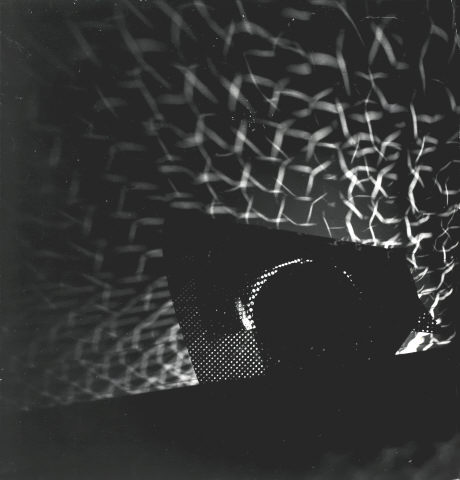
Luz Armada [Armoured Light]

Fernando de Azevedo, Vespeira, Adolfo Casais Monteiro
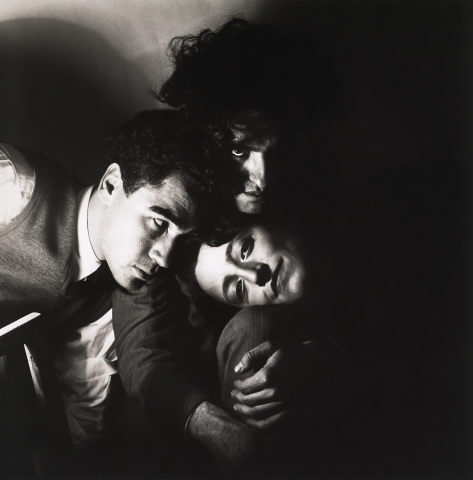
Vespeira, Nora Mitrani, Alexandre O’Neill
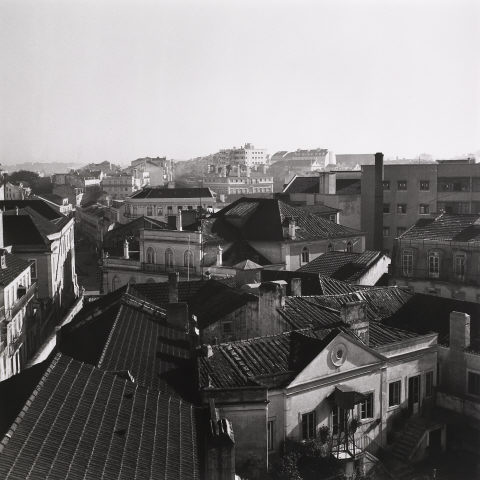
Rua do Sol ao Rato (A minha primeira fotografia) [Rua do Sol ao Rato (my first picture)]
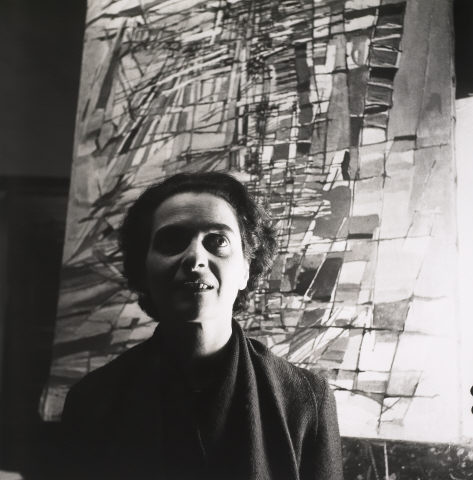
Maria Helena Vieira da Silva
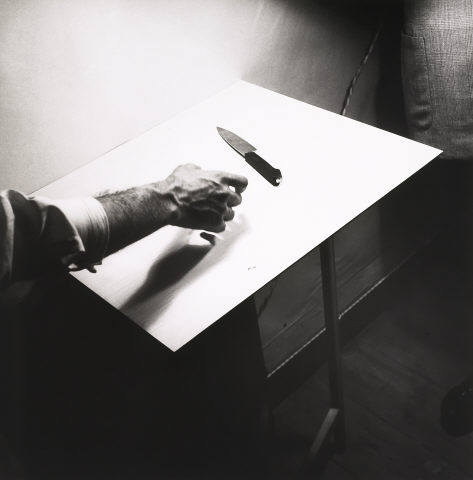
A mão e a faca
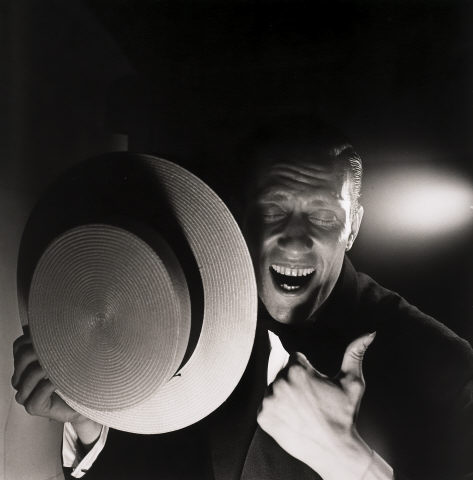
José Viana

Nora Mitrani
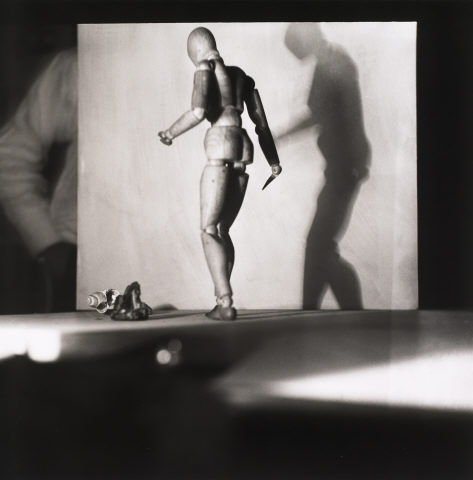
Nu de Ensaio

Memórias de Tecido

Roberto de Araújo
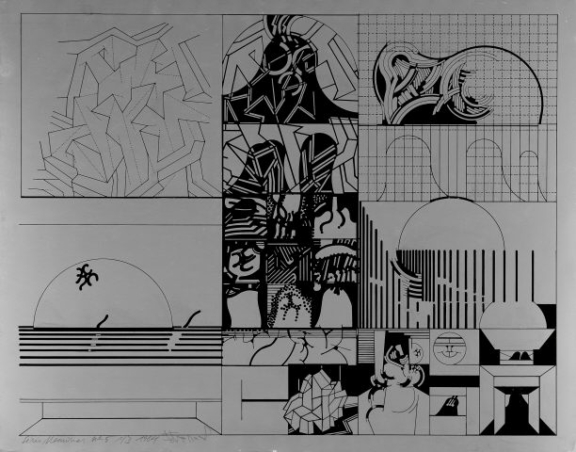
Série Memórias n.º 1

Os pais de Vespeira e amigos
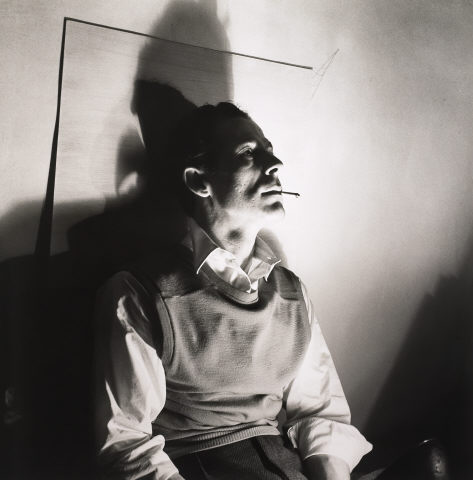
Augusto Figueiredo
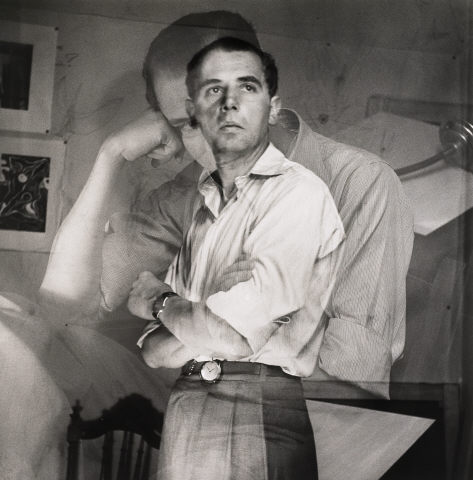
Jacinto Ramos
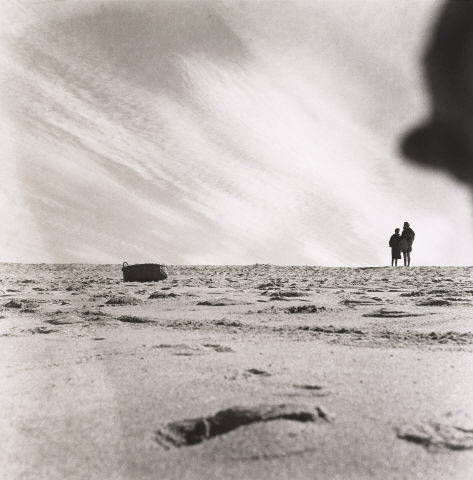
Sós em Moledo [Alone in Moledo]
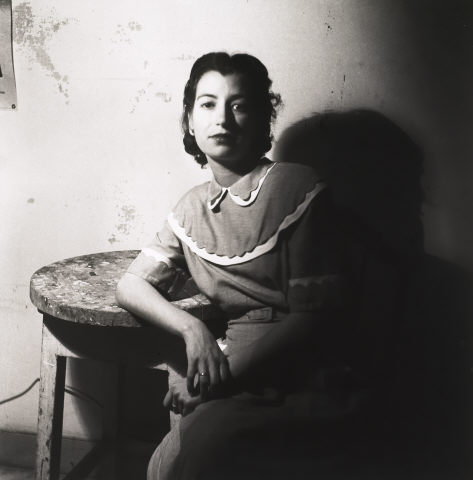
Mécia de Sena
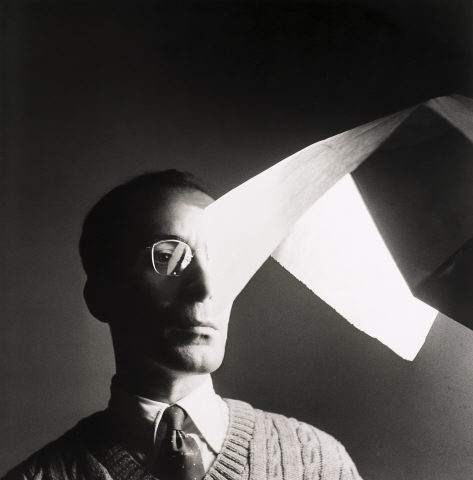
Carlos Ribeiro
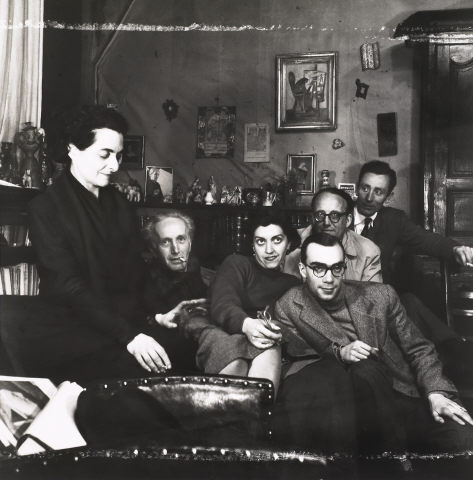
O atelier de Saint – Jacques (Maria Helena Vieira da Silva, Arpad Szenes, Fernanda França, José Augusto-França, NovaisTeixeira, António Dacosta)
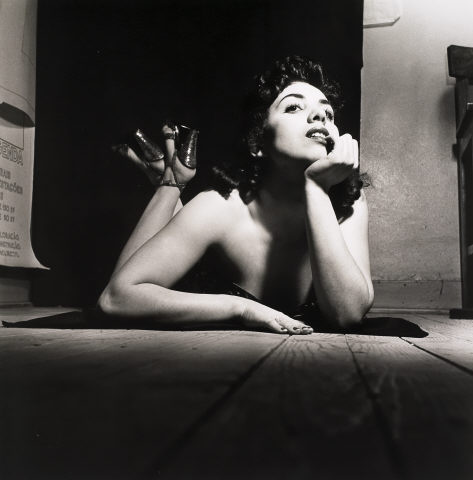
Teresa Corista
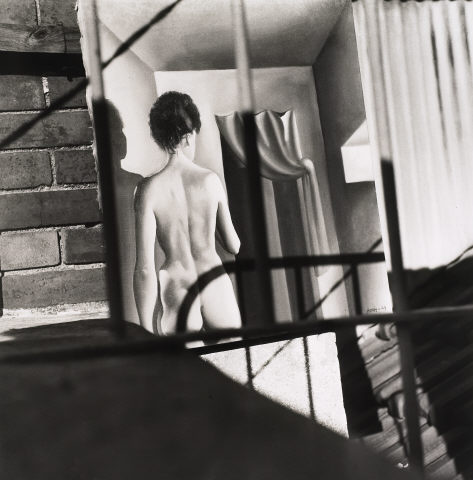
Espreitando o quadro de Moniz Pereira
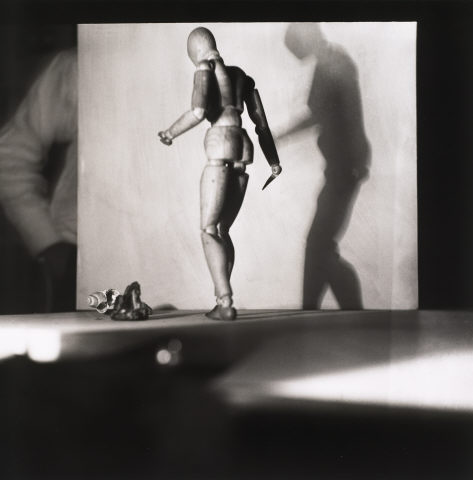
Nu de Ensaio

Nudez Dança
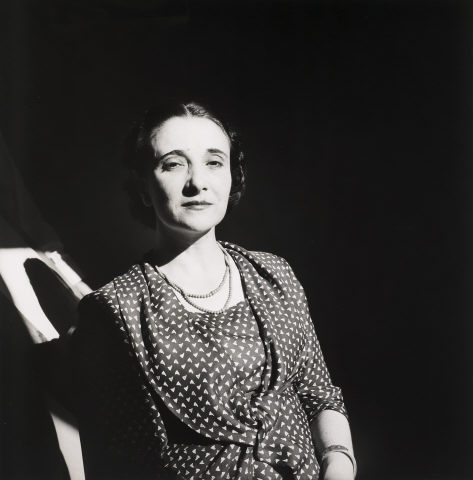
Alice Gomes
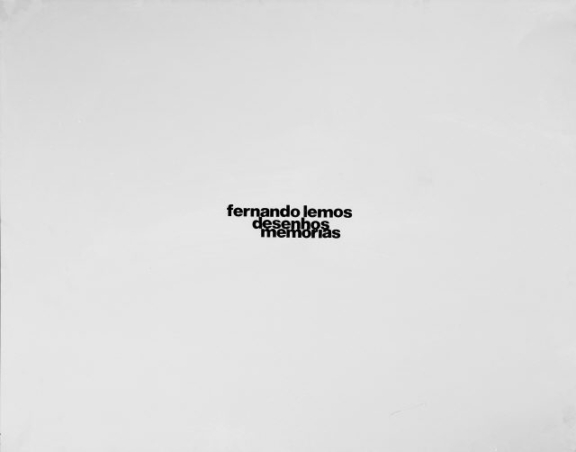
Capa Desenhos “Memórias”
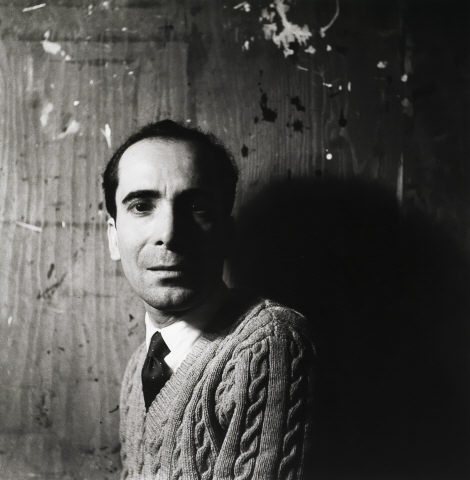
Carlos Ribeiro
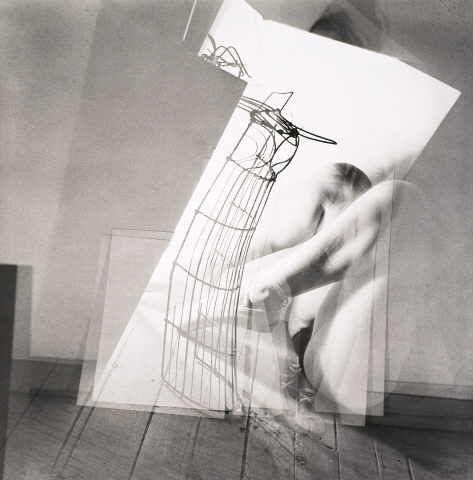
Gesto emoldurado [Framed gesture]
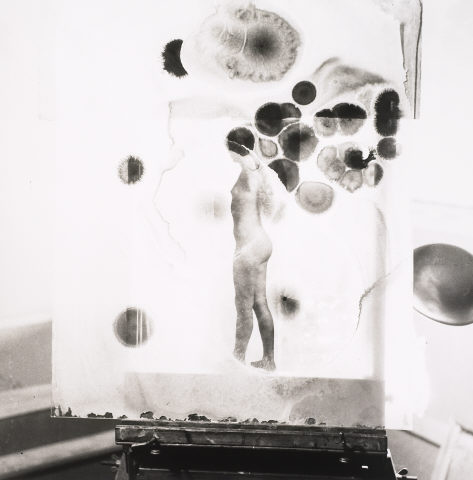
Nu de Surpresa
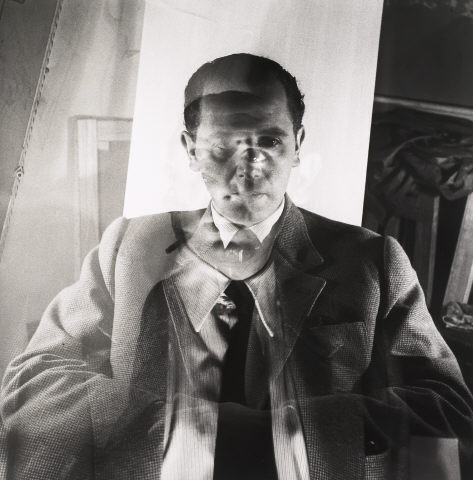
Jacinto Ramos
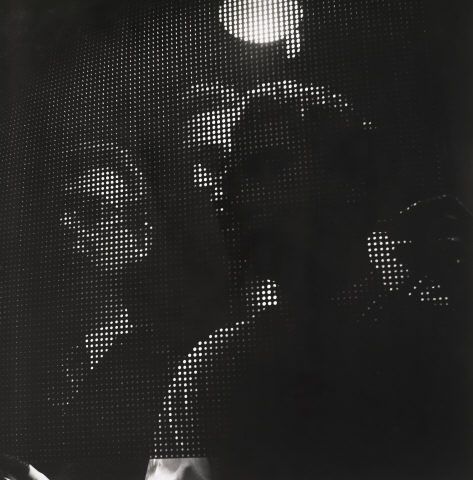
Fernando de Azevedo, Pilar, Vespeira
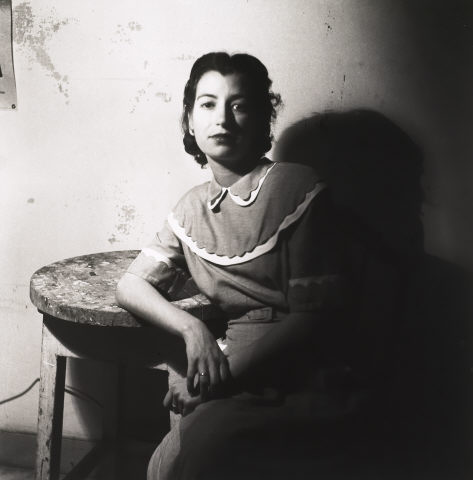
Mécia de Sena

Carlos Ribeiro
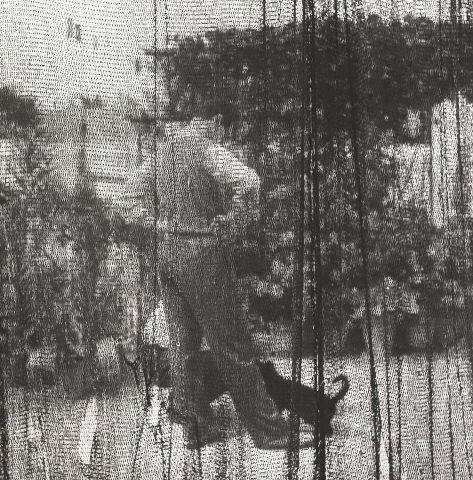
Fundo da Horta (Variante) [Bottom of the Garden (Variation)]
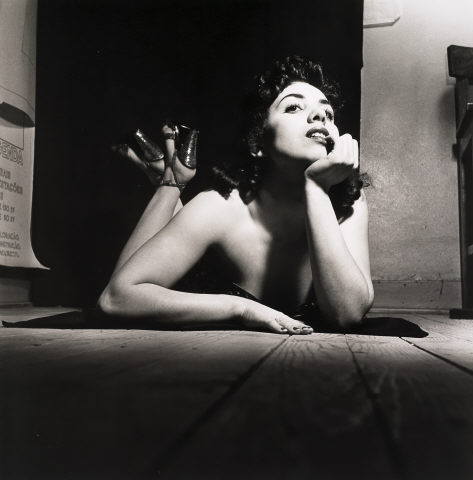
Teresa Corista
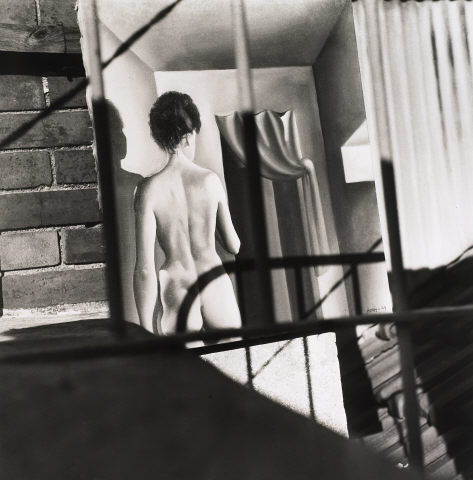
Espreitando o quadro de Moniz Pereira
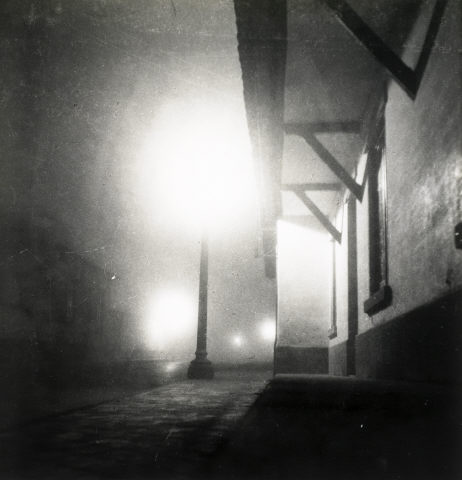
Nevoeiro de Moledo [Mist of Moledo]
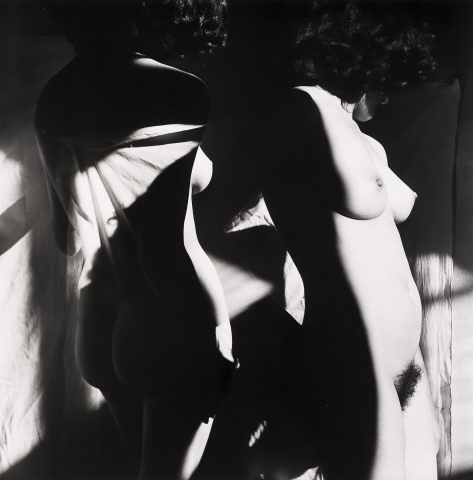
Nudez Dança
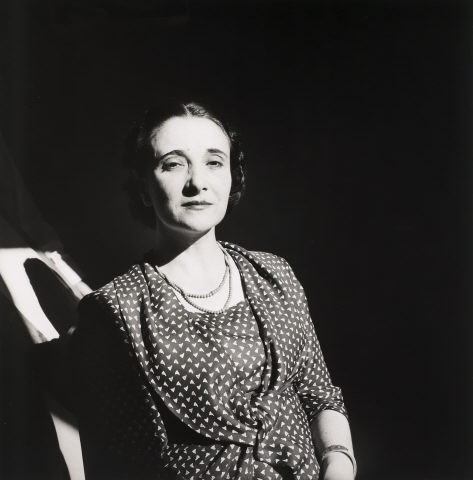
Alice Gomes
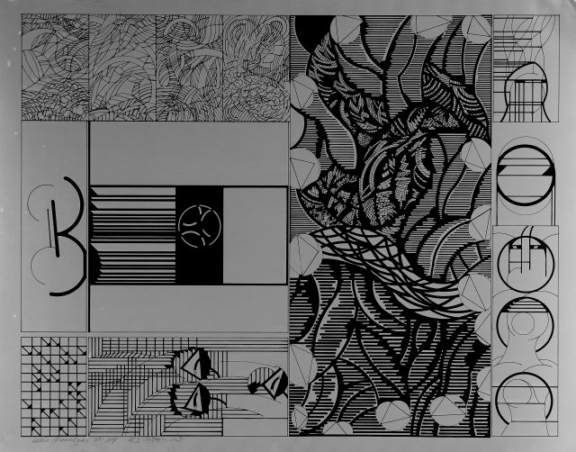
Série Memórias n.º 14
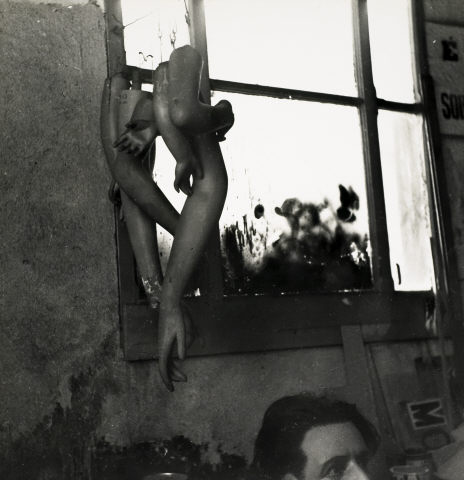
Concerto dos Manequins

Gesto emoldurado
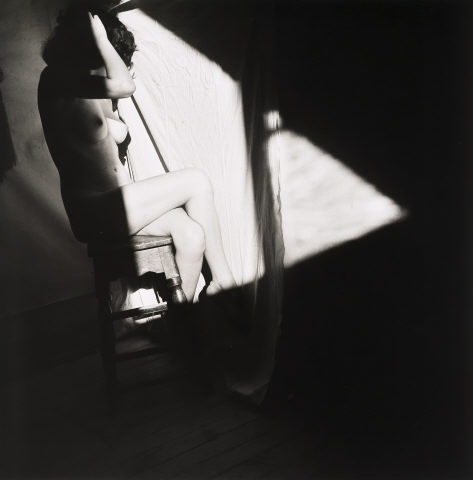
Relance
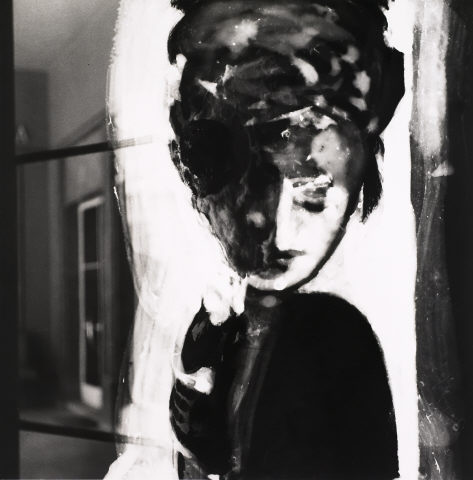
Auto-retrato de Manequim
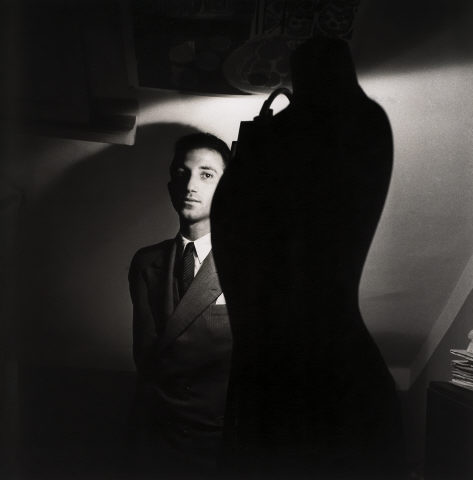
Alberto de Lacerda
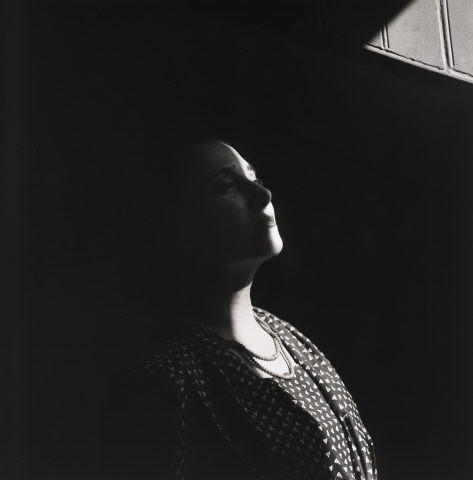
Alice Gomes

António Pedro

Fundo da Horta (Variante) [Bottom of the Garden (Variation)]
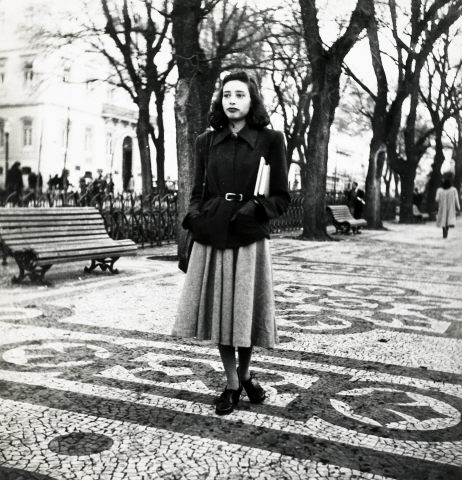
Glicínia em S. Pedro de Alcântara
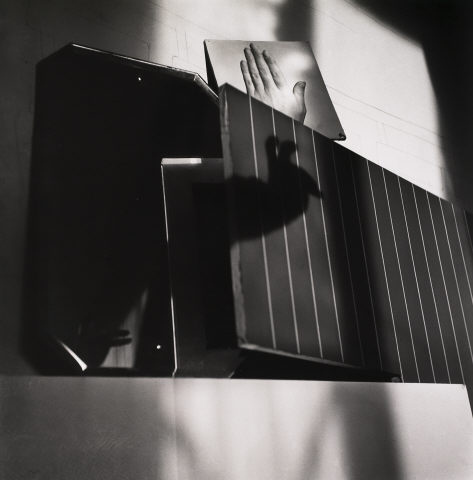
Mão de Sombra
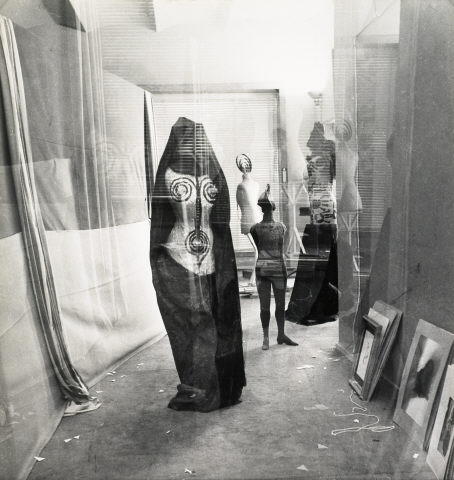
Visita Estranha II
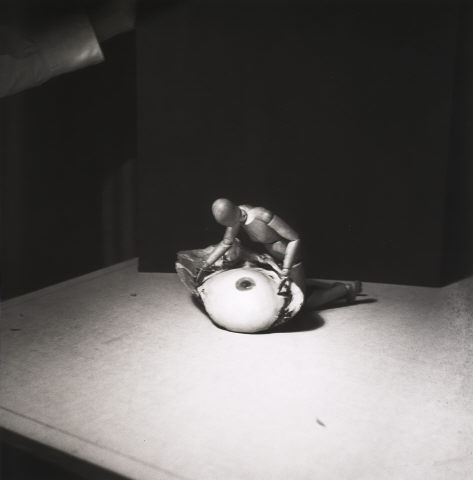
Cena Humana
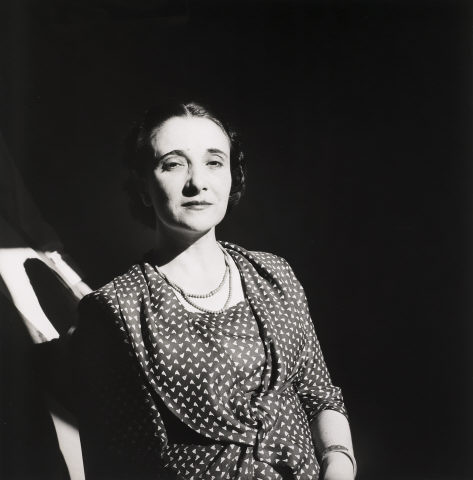
Alice Gomes
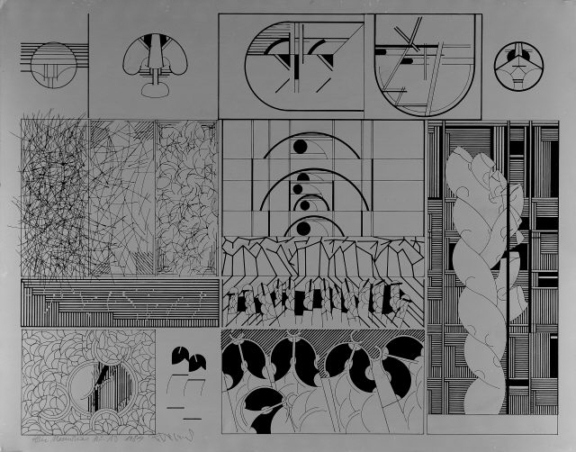
Série Memórias n.º 13
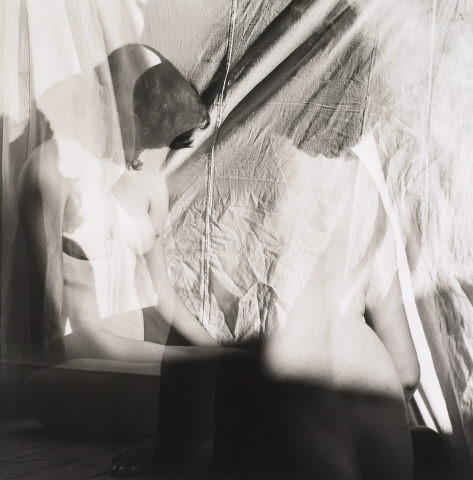
Nu Lento

Apoio II
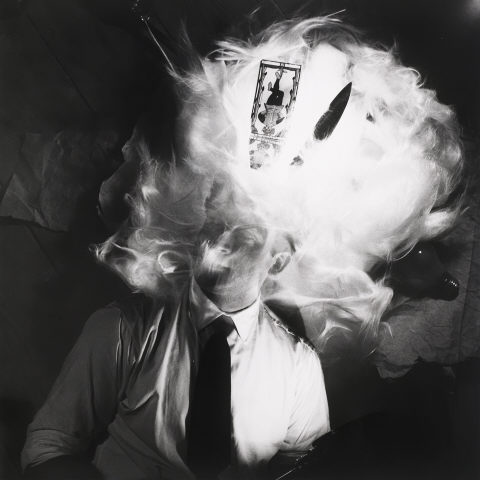
Eu (Auto-retrato)
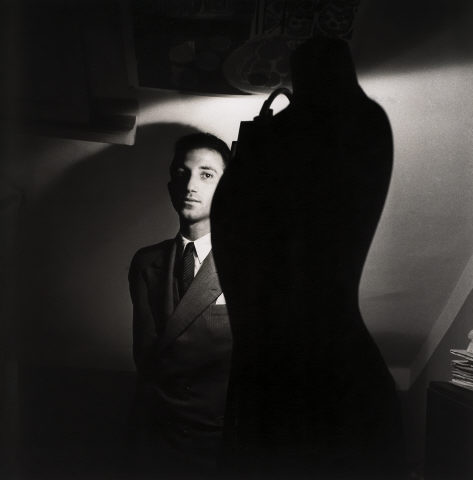
Alberto de Lacerda
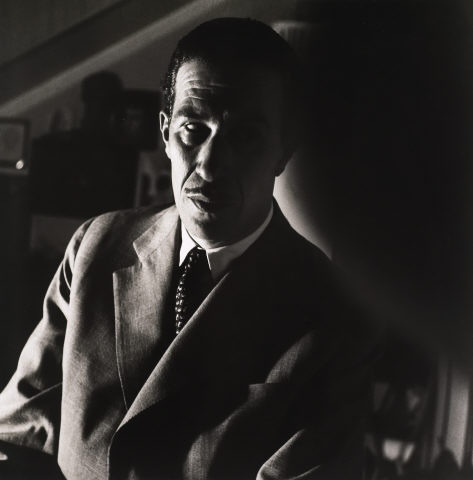
Adolfo Casais Monteiro
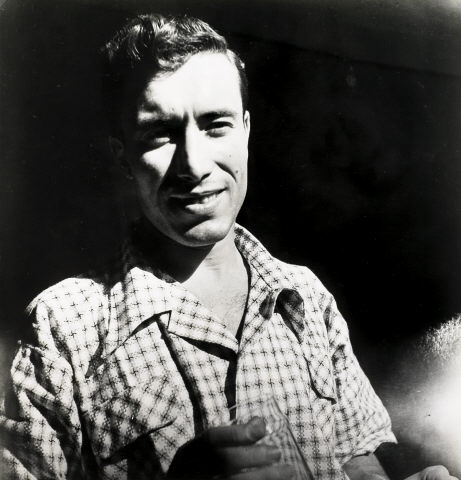
José Cardoso Pires
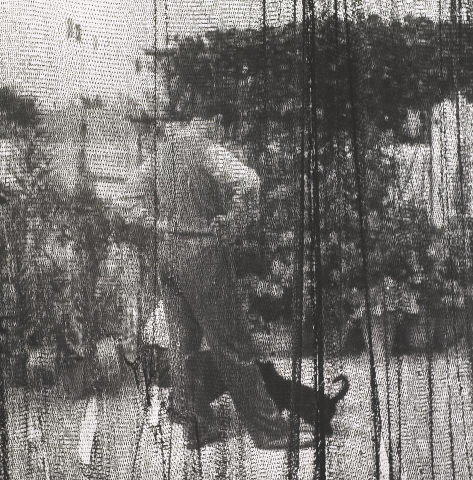
Fundo da Horta (Variante)
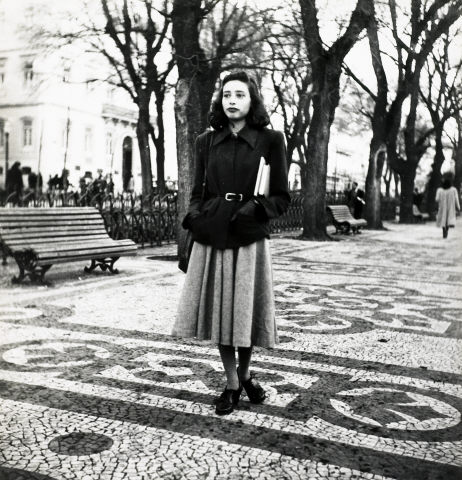
Glicínia em S. Pedro de Alcântara
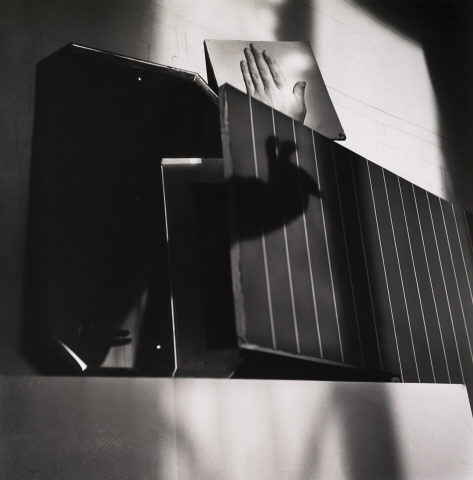
Mão de Sombra
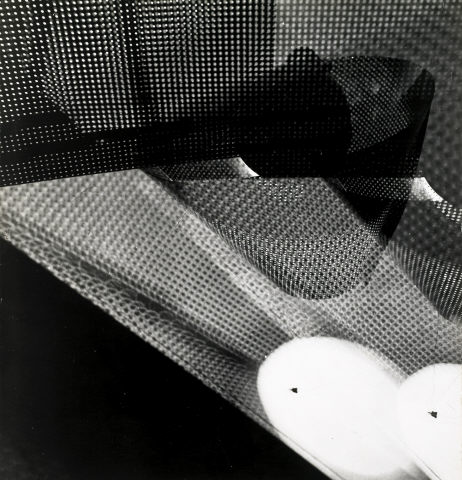
Composição com Telas [Composition with Canvases]
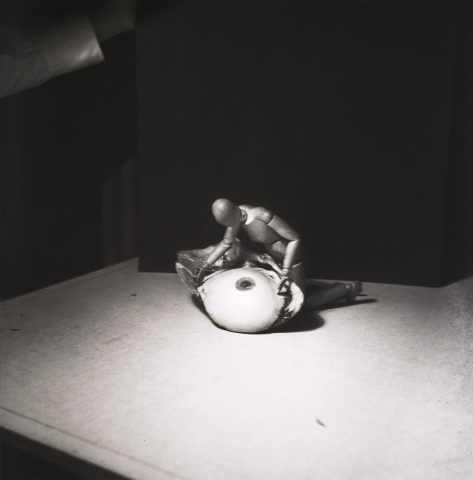
Cena Humana

José-Augusto França
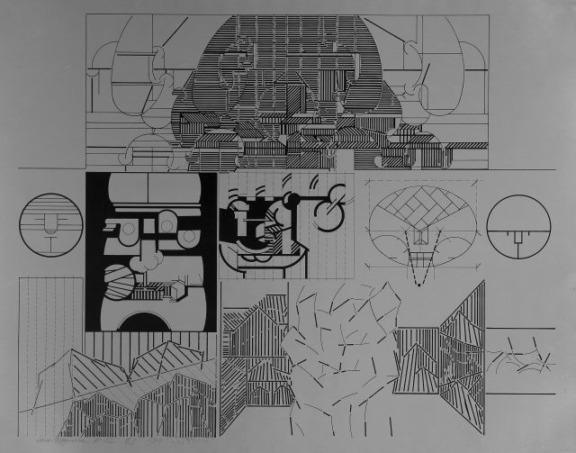
Série Memórias n.º 12
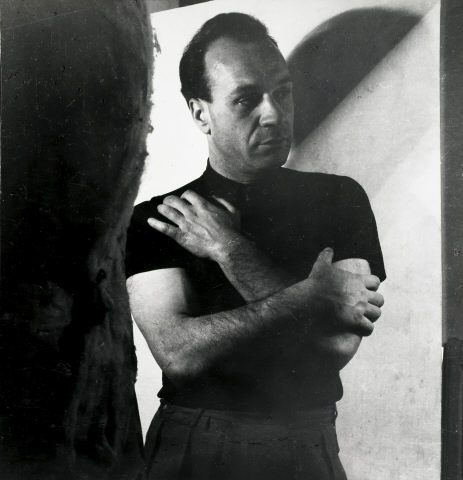
Romeu Correia